Table of Contents
Introduction
Any gemstone is not viewed with only one angle. There are geologists and gemologists who view stones from a very different perspective. They both study the earth and its composition but have a slightly different take on some aspects. Before we get on to knowing how geologists vs. gemologists look at amethyst, we have to learn a little about them as well. Here's how they both work :
| Geologist | Gemologist | |
| Definition | An academically trained scientist with a strong background in geology—the study of the composition and formation of the Earth and other planetary bodies | A specialist with formal education who is capable of identifying, analyzing, and assessing gemstones, certain rocks, soft minerals, and some organic materials. |
| Focus of coursework | Numerous fields are studied by geologists, such as hydrogeology, engineering geology, geochemistry, geophysics, and paleontology. | They focus on mastering gemstone analysis, which also includes amethyst mineral composition. |
| Tasks | Geologists look for precious metals, natural gas, and petroleum. They research landslides, tsunamis, volcanoes, and earthquakes. In planetary geology, planetary body sampling and analysis are managed by remote telemetry. | Identification by spectroscopy, inclusions, specific gravity, and refractive index is the main focus of gemologists. |
| Tools used | Rock hammer, hand lens, notebooks/clipboard, pencil magnet, small acid bottle, retractable knife or Mohs hardness testing kit, scales, compass, and GPS | Specific gravity testing liquids, Mohs hardness points, ultraviolet (UV) light, and a stereo microscope |
Let's have a look at how they view amethyst differently:
Geologist’s perspective
Amethyst in geology is considered as a mineral, and their primary focus is on its occurrence, formation, and geological context. This is how they study the stone:
- Crystal structure and properties: They examine the stone’s growth patterns and color differences that are brought on by geological circumstances and crystal lattice.
- Formation and Composition: They study how amethyst formation takes place in volcanic rocks, geodes, and hydrothermal veins. They also study its chemical composition.
- Geological environments: They locate amethyst reserves in places like Brazil, Uruguay, and Zambia and research the geological mechanisms that produce them.
- Dating and analysis: They figure out the age and background of amethyst formations using spectroscopic and radiometric dating.
Gemologists perspective
They look at amethyst as a gemstone and focus primarily on its grading, quality, and commercial value. This is how they study the stone:
- Cut and Shape: They examine the ways in which various cuts improve market appeal and brilliance.
- Color and Clarity: They assess the purple color's strength and coherence and look for additions that could compromise transparency.
-
Treatment and Enhancement: They recognize synthetic or heat-treated amethyst and differentiate between lab-made and natural stones.
- Authentication and Valuation: They use instruments such as microscopes, spectrometers, and refractometers to ascertain market value and confirm authenticity.
That’s how gemologists and geologists look at amethyst. You can also check out this video to see some more interesting insights.
Whether you collect crystals for their scientific roots or their aesthetic sparkle — understanding how they’re studied makes you a smarter buyer and admirer. Find your perfect amethyst here.

Frequently Asked Questions
Q: How do geologists explain the purple color of amethyst?
Geologists attribute amethyst's exquisite purple hue to the presence of iron impurities and the effects of natural irradiation during the quartz crystal's formation deep underground.
Q: What qualities do gemologists look for when evaluating amethyst?
Gemologists evaluate several key qualities in amethyst, including color depth, clarity, precision of the cut, and carat weight. They particularly value deep, rich purples with minimal inclusions and high transparency, as these features enhance the stone's beauty.
Q: What do geologists find most fascinating about amethyst?
Geologists are captivated by the formation of amethyst within volcanic geodes. They find its crystal growth patterns, zoning, and interactions with other minerals, such as calcite or hematite, particularly intriguing.
Q: Do gemologists ever use microscopes when examining amethyst?
Absolutely. Gemologists employ microscopic tools to scrutinize inclusions, which play a crucial role in verifying the stone's authenticity, identifying treatments, and determining its geographic origin.
Q: How do geologists use amethyst in field studies or research?
Geologists study amethyst as an indicator of geological environments, such as hydrothermal systems. They use it to gain insights into the mineralization processes within specific rock formations.
Q: What role does crystal structure play in each field's analysis?
The crystal structure is significant in both fields. For geologists, it aids in classifying amethyst as hexagonal quartz. For gemologists, the structure influences how light interacts with the stone, which is essential for assessing its brilliance.
Q: Are inclusions viewed differently by gemologists and geologists?
Gemologists tend to view inclusions as potential flaws or distinctive markers. On the other hand, geologists regard them as valuable indicators that can shed light on the environmental conditions present during the crystal's formation.
Q: What equipment is most essential to each expert when studying amethyst?
Geologists typically rely on tools such as X-ray diffraction, electron microscopes, and various field equipment. In contrast, gemologists use loupes, spectroscopes, and hardness testers to examine and evaluate the gemstones.
Visited 482 No. of Time(s), 12 Visit(s) Today
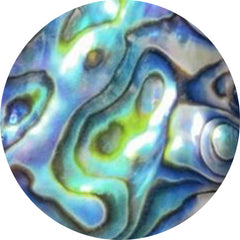 Abalone shell (121)
Abalone shell (121)
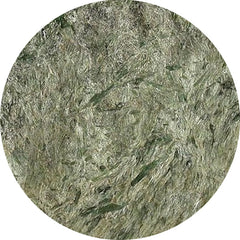 Actinolite (1)
Actinolite (1)
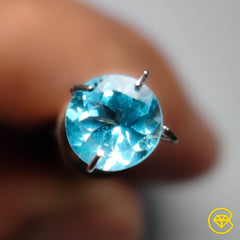 Affordable gemstones (17212)
Affordable gemstones (17212)
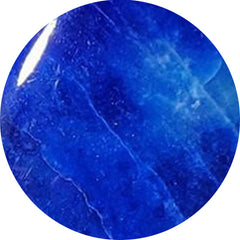 Afghanite (7)
Afghanite (7)
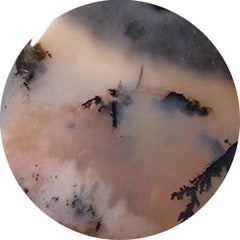 Agate (2498)
Agate (2498)
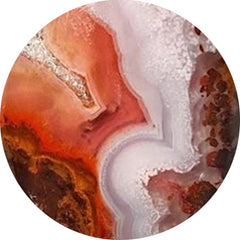 Agua nueva (11)
Agua nueva (11)
 All gemstones (1)
All gemstones (1)
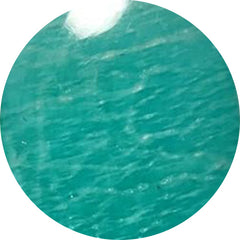 Amazonite (160)
Amazonite (160)
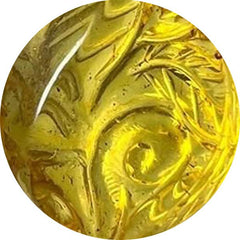 Amber (99)
Amber (99)
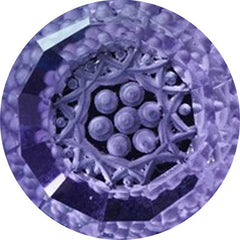 Amethyst (573)
Amethyst (573)
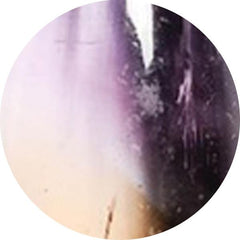 Ametrine (21)
Ametrine (21)
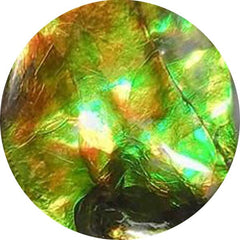 Ammolite (23)
Ammolite (23)
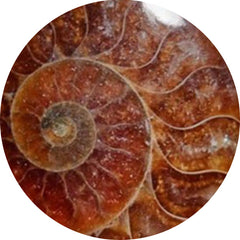 Ammonite (65)
Ammonite (65)
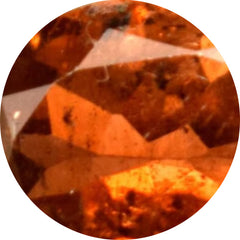 Andalusite (1)
Andalusite (1)
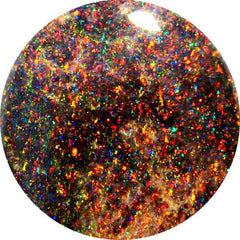 Andamooka opal (0)
Andamooka opal (0)
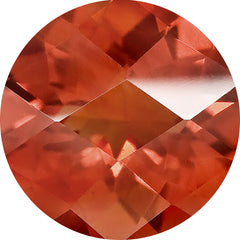 Andesine (0)
Andesine (0)
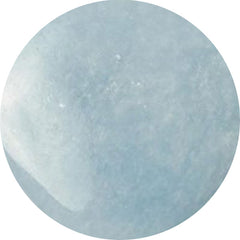 Angelite (28)
Angelite (28)
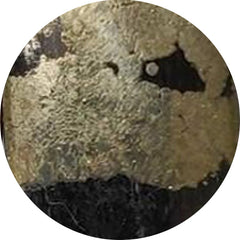 Apache gold (22)
Apache gold (22)
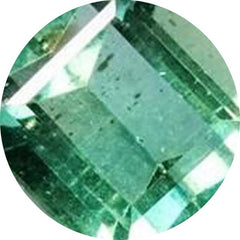 Apatite (141)
Apatite (141)
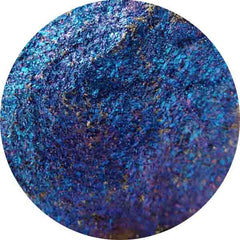 Apophyllite (1)
Apophyllite (1)
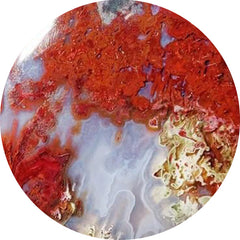 Apple valley agate (1)
Apple valley agate (1)
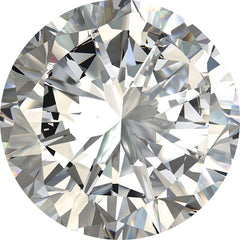 April birthstone (1841)
April birthstone (1841)
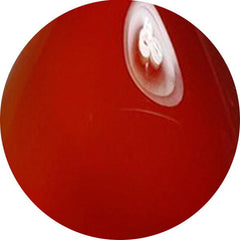 Aqeeq (0)
Aqeeq (0)
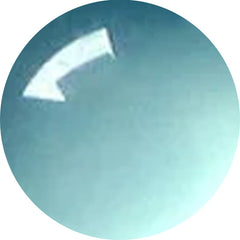 Aqua chalcedony (19)
Aqua chalcedony (19)
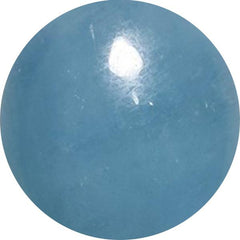 Aquamarine (74)
Aquamarine (74)
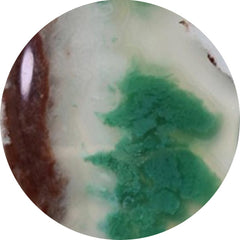 Aquaprase (60)
Aquaprase (60)
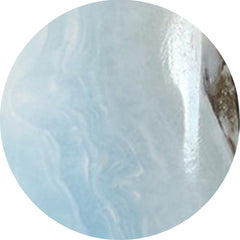 Aragonite (16)
Aragonite (16)
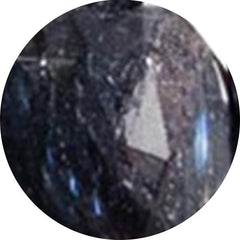 Arfvedsonite (12)
Arfvedsonite (12)
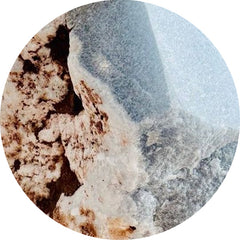 Aristolite (0)
Aristolite (0)
 Arizona turquoise (0)
Arizona turquoise (0)
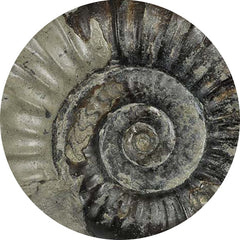 Arnioceras semicostatum fossil (0)
Arnioceras semicostatum fossil (0)
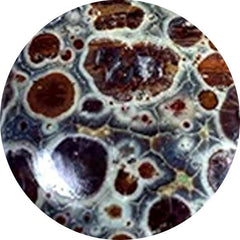 Asteroid jasper (12)
Asteroid jasper (12)
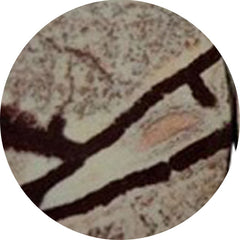 Astrophyllite (53)
Astrophyllite (53)
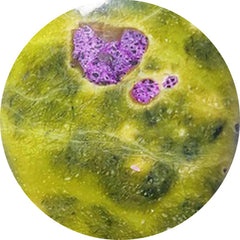 Atlantasite (88)
Atlantasite (88)
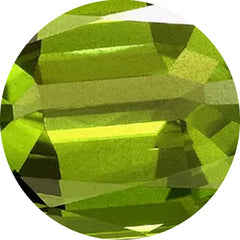 August birthstone (98)
August birthstone (98)
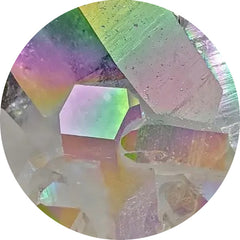 Aura quartz (0)
Aura quartz (0)
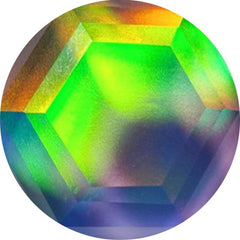 Aurora opal (304)
Aurora opal (304)
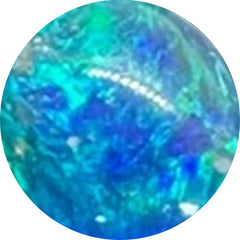 Australian opal (18)
Australian opal (18)
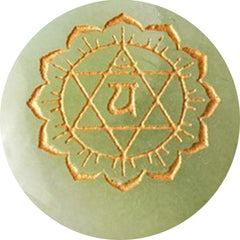 Aventurine (64)
Aventurine (64)
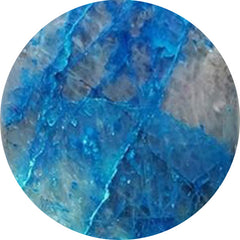 Azurite (284)
Azurite (284)
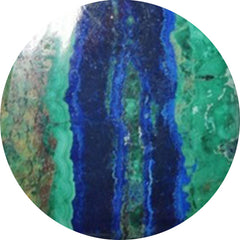 Azurite malachite (19)
Azurite malachite (19)
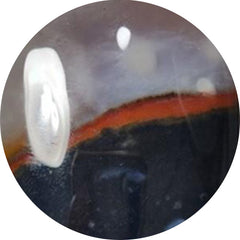 Banded agate (82)
Banded agate (82)
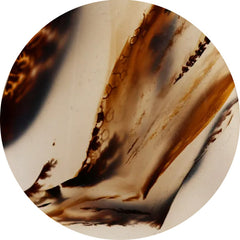 Barber agate (0)
Barber agate (0)
 Barite (13)
Barite (13)
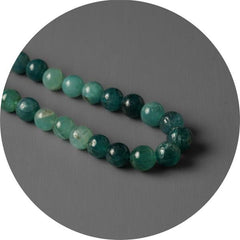 Beads (50)
Beads (50)
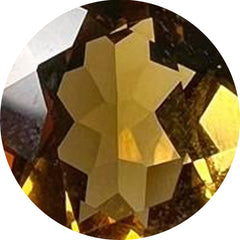 Beer quartz (23)
Beer quartz (23)
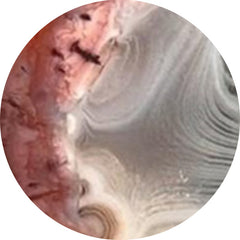 Berber agate (4)
Berber agate (4)
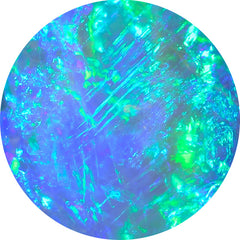 Best seller (0)
Best seller (0)
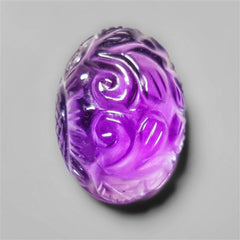 Bestsellers: a selection of our most-loved stones (406)
Bestsellers: a selection of our most-loved stones (406)
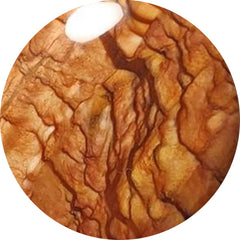 Biggs jasper (25)
Biggs jasper (25)
 Bird carving (117)
Bird carving (117)
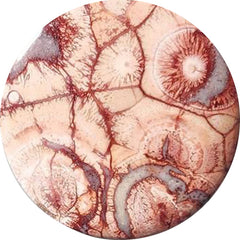 Bird eye jasper (47)
Bird eye jasper (47)
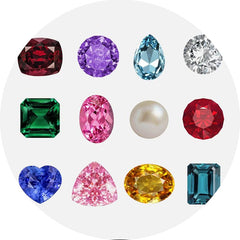 Birthstones (0)
Birthstones (0)
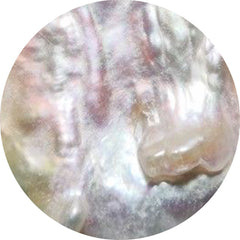 Biwa pearl (34)
Biwa pearl (34)
 Black friday deals (34)
Black friday deals (34)
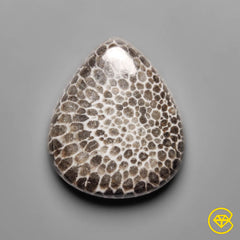 Black gemstones (956)
Black gemstones (956)
 Black onyx (178)
Black onyx (178)
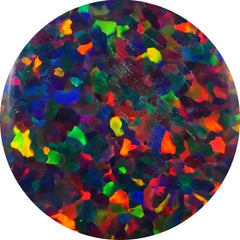 Black opal (50)
Black opal (50)
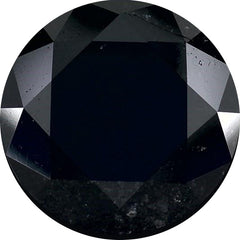 Black spinel (33)
Black spinel (33)
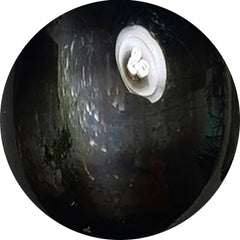 Black star (31)
Black star (31)
 Black tourmaline (76)
Black tourmaline (76)
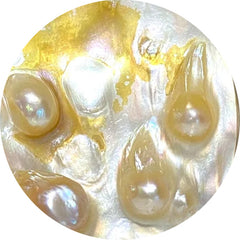 Blister pearl (30)
Blister pearl (30)
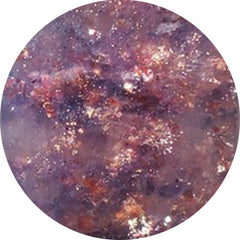 Bloodshot iolite (76)
Bloodshot iolite (76)
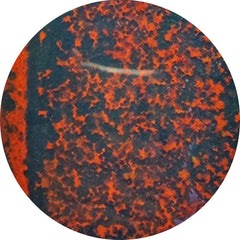 Bloodstone (69)
Bloodstone (69)
 Blue chalcedony (51)
Blue chalcedony (51)
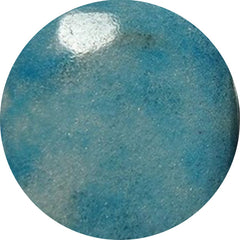 Blue diopside (0)
Blue diopside (0)
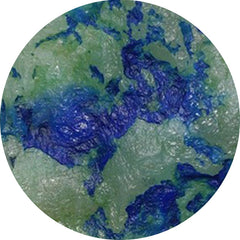 Blue horizon (15)
Blue horizon (15)
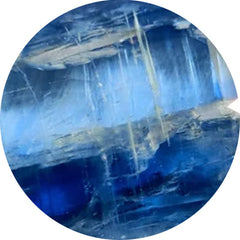 Blue kyanite (37)
Blue kyanite (37)
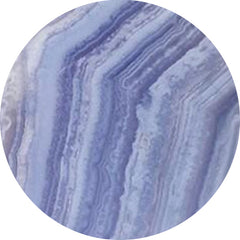 Blue lace agate (256)
Blue lace agate (256)
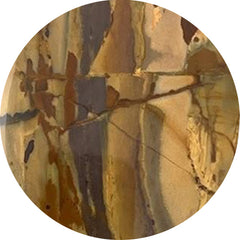 Blue mountain jasper (0)
Blue mountain jasper (0)
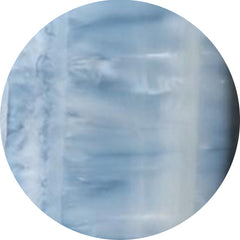 Blue opal (162)
Blue opal (162)
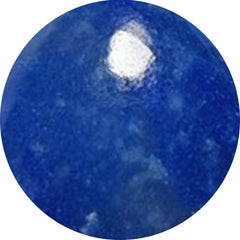 Blue quartz (40)
Blue quartz (40)
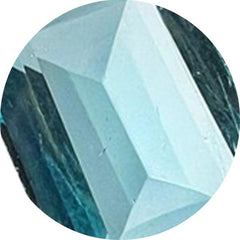 Blue topaz (51)
Blue topaz (51)
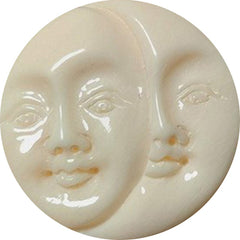 Bone (9)
Bone (9)
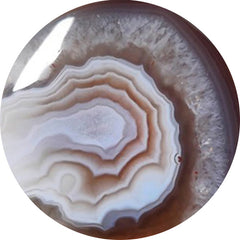 Botswana agate (245)
Botswana agate (245)
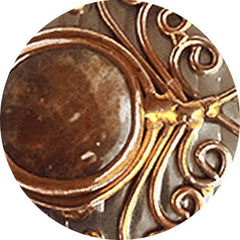 Bronze (0)
Bronze (0)
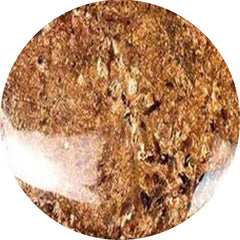 Bronzite (2)
Bronzite (2)
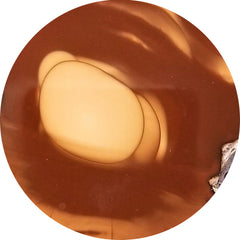 Bruneau jasper (15)
Bruneau jasper (15)
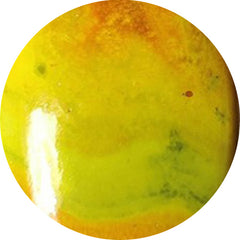 Bumble bee jasper (199)
Bumble bee jasper (199)
 Buy gemstones in usa (888)
Buy gemstones in usa (888)
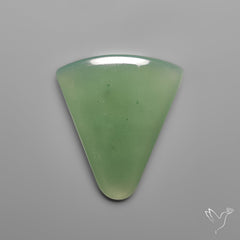 Cabochons (12937)
Cabochons (12937)
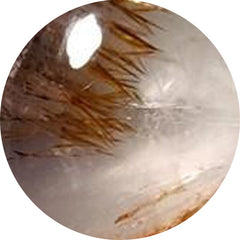 Cacoxenite (65)
Cacoxenite (65)
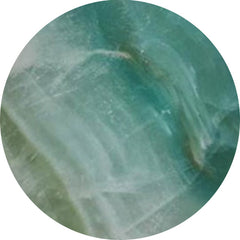 Calcite (219)
Calcite (219)
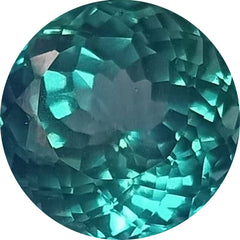 Calibrated (137)
Calibrated (137)
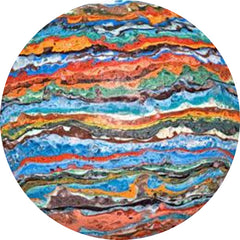 Calsilica (0)
Calsilica (0)
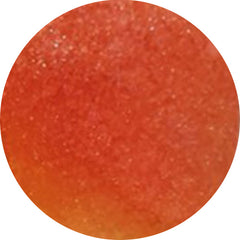 Candy corn (6)
Candy corn (6)
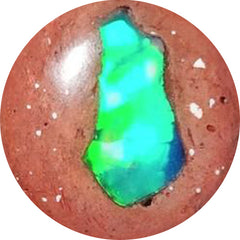 Cantera opal (17)
Cantera opal (17)
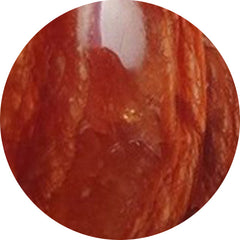 Caramel opal (2)
Caramel opal (2)
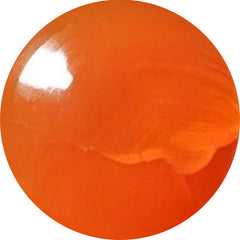 Carnelian (44)
Carnelian (44)
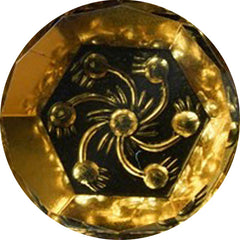 Carving (1766)
Carving (1766)
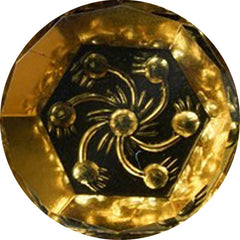 Carvings (2025)
Carvings (2025)
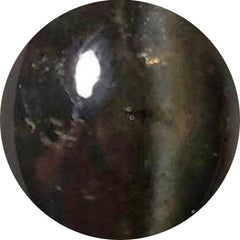 Cats eye (60)
Cats eye (60)
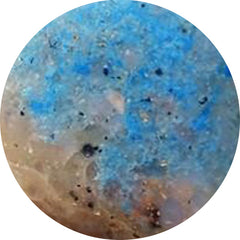 Cavansite (16)
Cavansite (16)
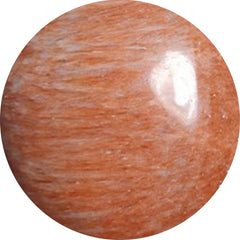 Celestobarite (7)
Celestobarite (7)
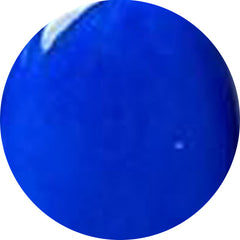 Ceruleite (0)
Ceruleite (0)
 Chakra stone (31)
Chakra stone (31)
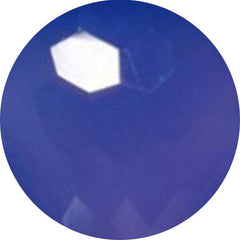 Chalcedony (457)
Chalcedony (457)
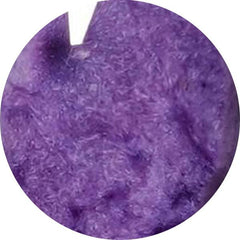 Charoite (190)
Charoite (190)
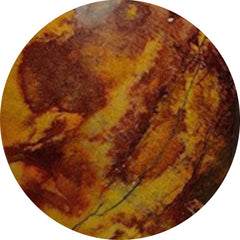 Cherry creek jasper (10)
Cherry creek jasper (10)
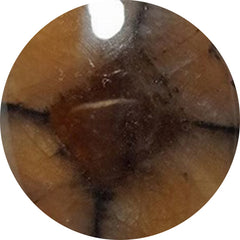 Chiastolite (16)
Chiastolite (16)
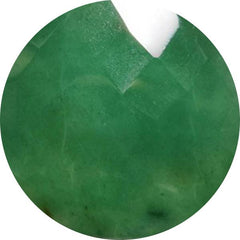 Chrome chalcedony (79)
Chrome chalcedony (79)
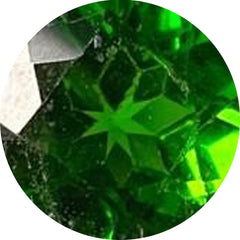 Chrome diopside (26)
Chrome diopside (26)
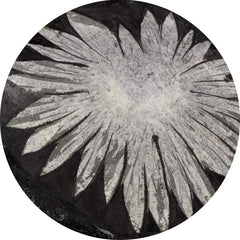 Chrysanthemum fossil (0)
Chrysanthemum fossil (0)
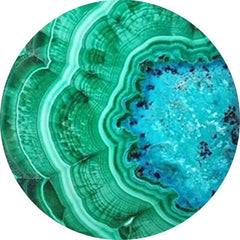 Chrysocolla (419)
Chrysocolla (419)
 Chrysocolla malachite (74)
Chrysocolla malachite (74)
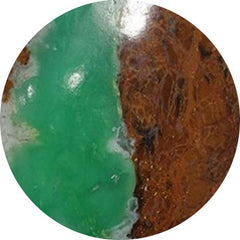 Chrysoprase (351)
Chrysoprase (351)
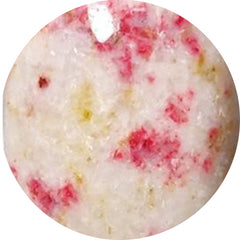 Cinnabar (15)
Cinnabar (15)
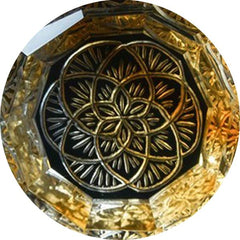 Citrine (108)
Citrine (108)
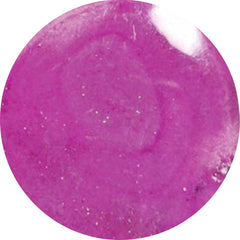 Cobalto calcite (66)
Cobalto calcite (66)
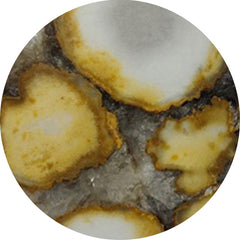 Cobra jasper (29)
Cobra jasper (29)
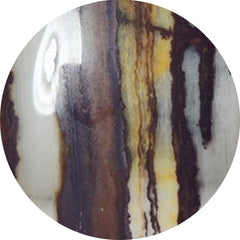 Coconut jasper (2)
Coconut jasper (2)
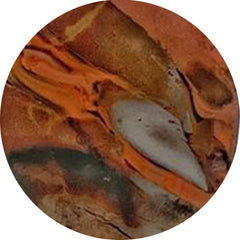 Coffee bean jasper (2)
Coffee bean jasper (2)
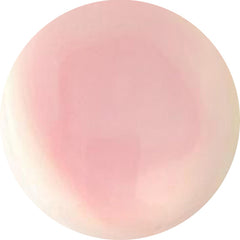 Conch shell (6)
Conch shell (6)
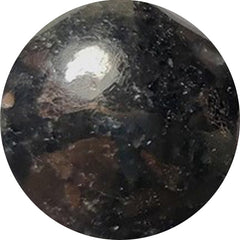 Coppernite (0)
Coppernite (0)
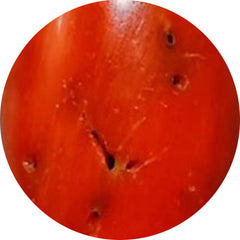 Coral (350)
Coral (350)
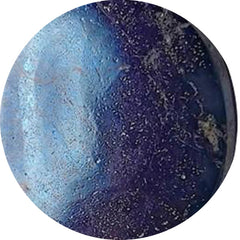 Covellite (4)
Covellite (4)
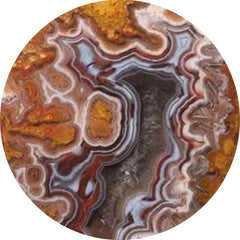 Crazy lace agate (189)
Crazy lace agate (189)
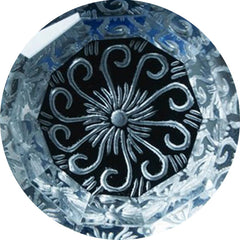 Crystal (202)
Crystal (202)
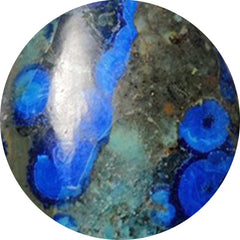 Cuprite (27)
Cuprite (27)
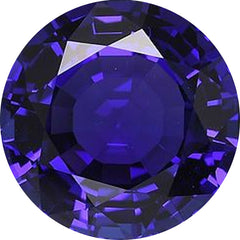 December birthstone (286)
December birthstone (286)
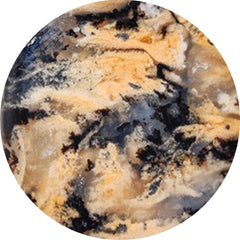 Dendritic agate (464)
Dendritic agate (464)
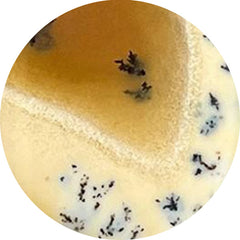 Dendritic opal (76)
Dendritic opal (76)
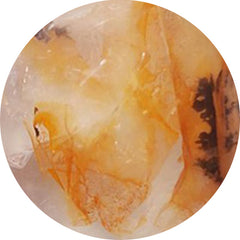 Dendritic quartz (2)
Dendritic quartz (2)
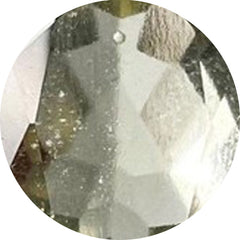 Desert glass (9)
Desert glass (9)
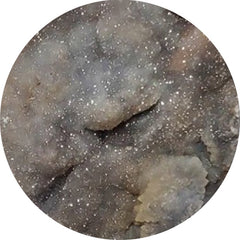 Desert jasper druzy (14)
Desert jasper druzy (14)
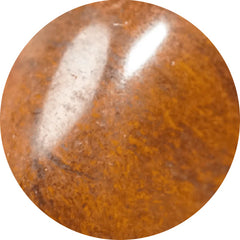 Desert sunset jasper (12)
Desert sunset jasper (12)
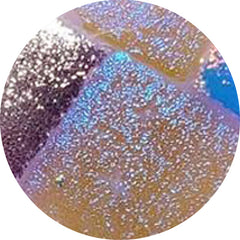 Dichroic glass (143)
Dichroic glass (143)
 Dinosaur bone fossil (3)
Dinosaur bone fossil (3)
 Diopside (60)
Diopside (60)
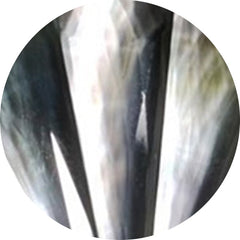 Doublets (860)
Doublets (860)
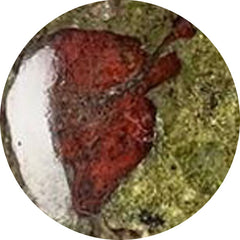 Dragonblood jasper (1)
Dragonblood jasper (1)
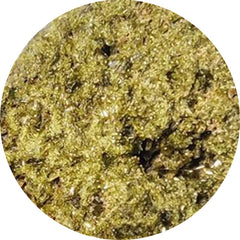 Druzy (439)
Druzy (439)
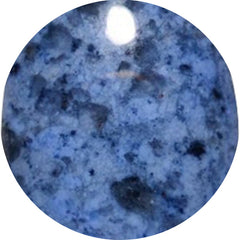 Dumortierite (60)
Dumortierite (60)
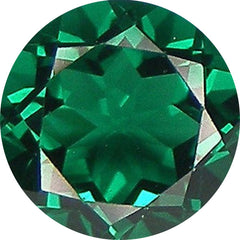 Emerald (65)
Emerald (65)
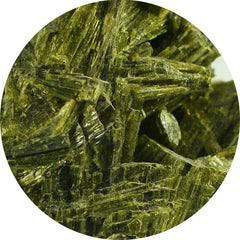 Epidote (10)
Epidote (10)
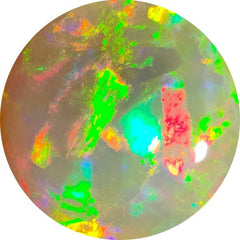 Ethiopian opal (108)
Ethiopian opal (108)
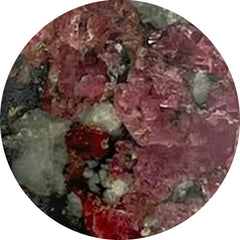 Eudialyte (11)
Eudialyte (11)
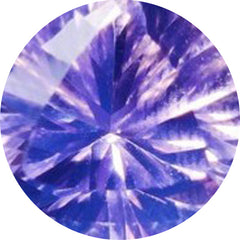 Faceted rose cut (2466)
Faceted rose cut (2466)
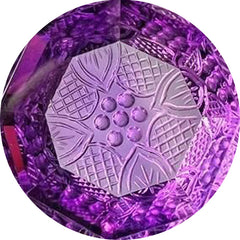 Fantasy cuts (50)
Fantasy cuts (50)
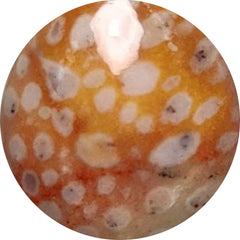 Fawn jasper (11)
Fawn jasper (11)
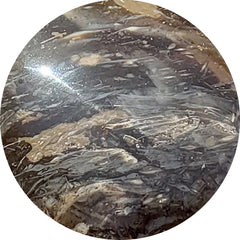 Feather agate (0)
Feather agate (0)
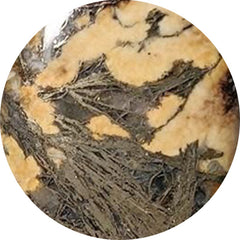 Feather pyrite (39)
Feather pyrite (39)
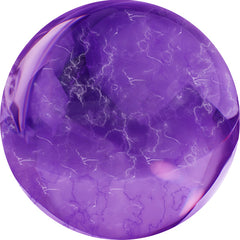 February birthstone (2871)
February birthstone (2871)
 Fine amethyst (32)
Fine amethyst (32)
 Fine ametrine (21)
Fine ametrine (21)
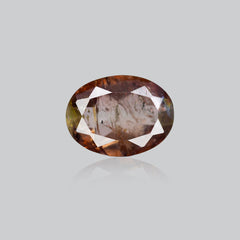 Fine andalusite (1)
Fine andalusite (1)
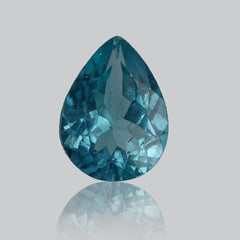 Fine apatite (5)
Fine apatite (5)
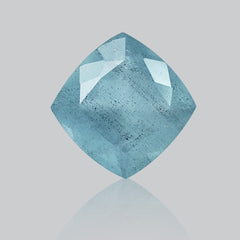 Fine aquamarine (8)
Fine aquamarine (8)
 Fine black opal (6)
Fine black opal (6)
 Fine black spinel (14)
Fine black spinel (14)
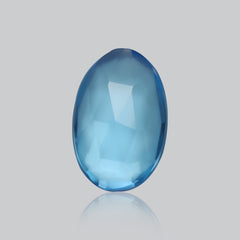 Fine blue topaz (30)
Fine blue topaz (30)
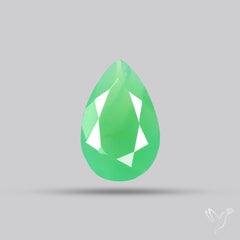 Fine chrysoprase (16)
Fine chrysoprase (16)
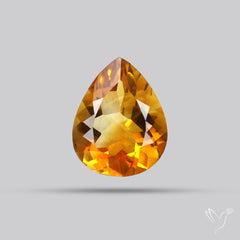 Fine citrine (23)
Fine citrine (23)
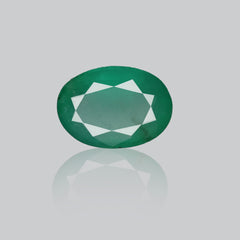 Fine emerald (11)
Fine emerald (11)
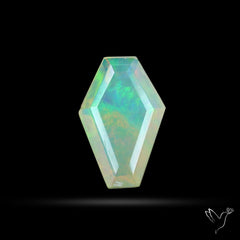 Fine ethiopian opal (17)
Fine ethiopian opal (17)
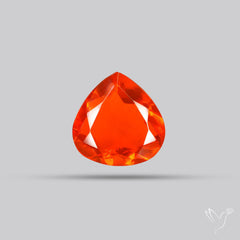 Fine fire opal (7)
Fine fire opal (7)
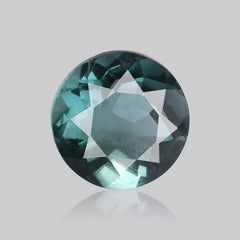 Fine fluorite (12)
Fine fluorite (12)
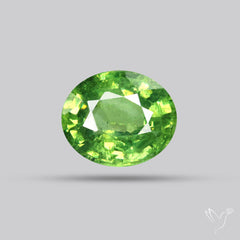 Fine garnet (37)
Fine garnet (37)
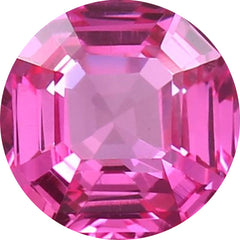 Fine gemstone (0)
Fine gemstone (0)
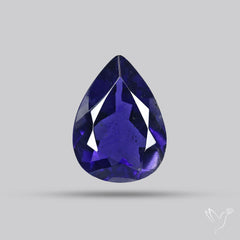 Fine iolite (31)
Fine iolite (31)
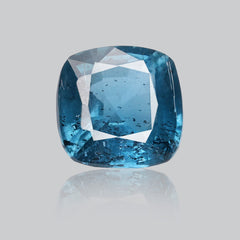 Fine kyanite (28)
Fine kyanite (28)
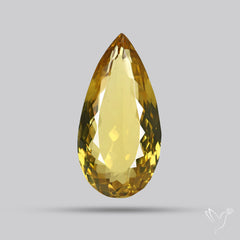 Fine lemon quartz (14)
Fine lemon quartz (14)
 Fine lepidocrocite (45)
Fine lepidocrocite (45)
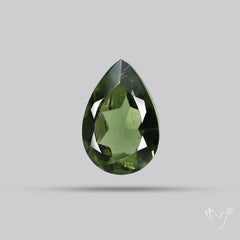 Fine moldavite (21)
Fine moldavite (21)
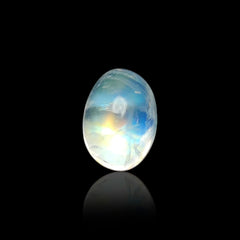 Fine moonstone (6)
Fine moonstone (6)
 Fine peridot (55)
Fine peridot (55)
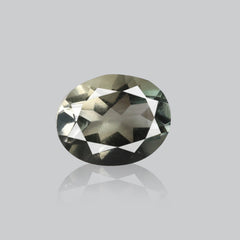 Fine prasiolite (26)
Fine prasiolite (26)
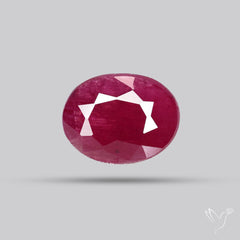 Fine ruby (15)
Fine ruby (15)
 Fine rutilated quartz (19)
Fine rutilated quartz (19)
 Fine sapphire (6)
Fine sapphire (6)
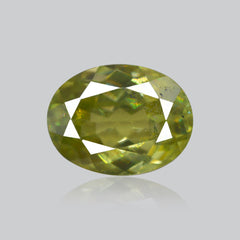 Fine sphene (17)
Fine sphene (17)
 Fine sunstone (79)
Fine sunstone (79)
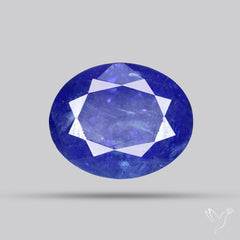 Fine tanzanite (50)
Fine tanzanite (50)
 Fine tourmaline (67)
Fine tourmaline (67)
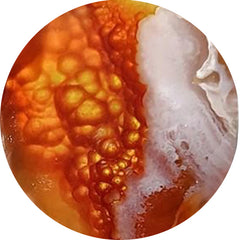 Fire agate (6)
Fire agate (6)
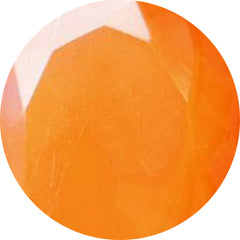 Fire opals (42)
Fire opals (42)
 Flint stone (10)
Flint stone (10)
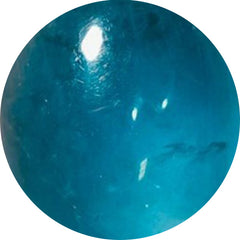 Fluorite (151)
Fluorite (151)
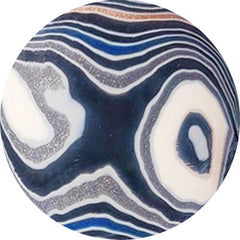 Fordite (63)
Fordite (63)
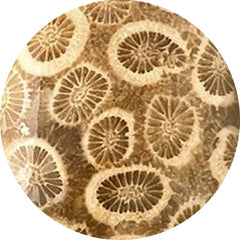 Fossil coral (318)
Fossil coral (318)
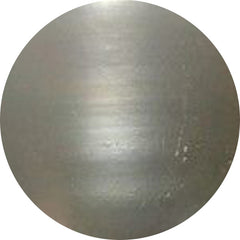 Fossil marston marble (19)
Fossil marston marble (19)
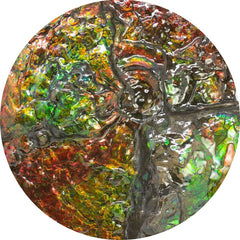 Fossils (508)
Fossils (508)
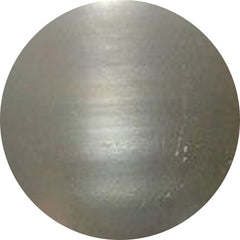 Freshwater pearl (22)
Freshwater pearl (22)
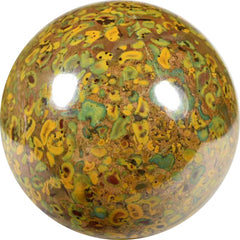 Fruit jasper (14)
Fruit jasper (14)
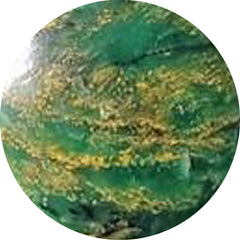 Fuchsite (7)
Fuchsite (7)
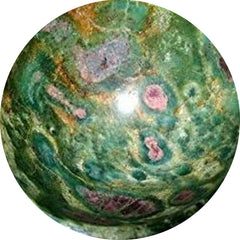 Fuschite (10)
Fuschite (10)
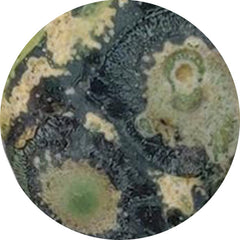 Galaxy jasper (9)
Galaxy jasper (9)
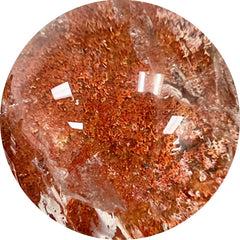 Garden quartz (6)
Garden quartz (6)
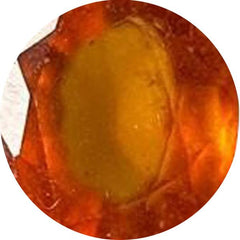 Garnet (122)
Garnet (122)
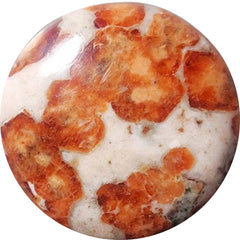 Garnet in limestone (36)
Garnet in limestone (36)
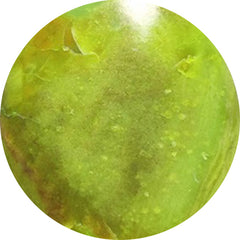 Gaspeite (12)
Gaspeite (12)
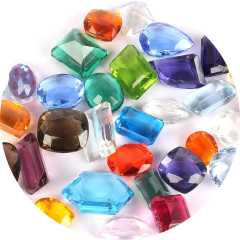 Gemstone lots (434)
Gemstone lots (434)
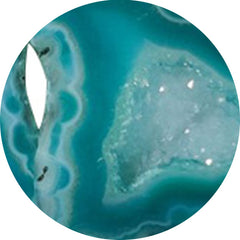 Geode (32)
Geode (32)
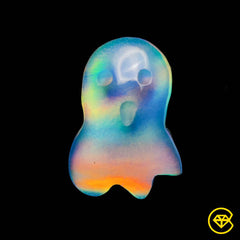 Ghost carving (55)
Ghost carving (55)
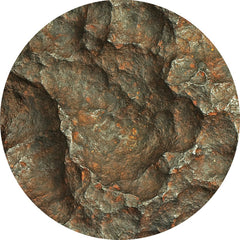 Gibeon meteorite (23)
Gibeon meteorite (23)
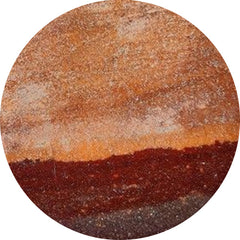 Gila monster agate (16)
Gila monster agate (16)
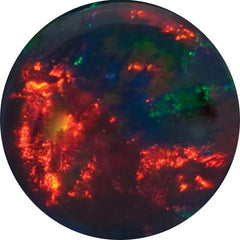 Gilson opal (22)
Gilson opal (22)
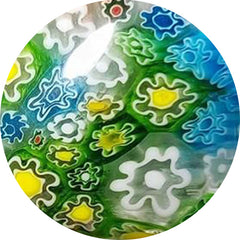 Glass (180)
Glass (180)
 Glow stone (12)
Glow stone (12)
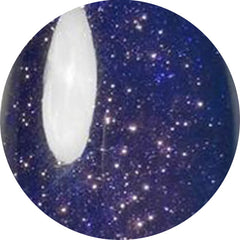 Goldstone (34)
Goldstone (34)
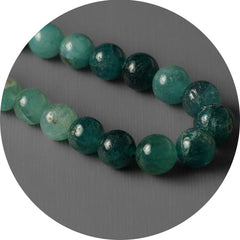 Grandidierite (7)
Grandidierite (7)
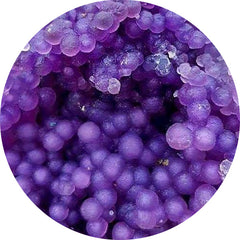 Grape agate (114)
Grape agate (114)
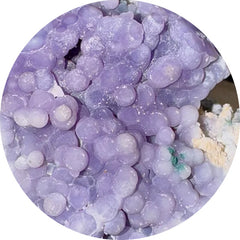 Grape chalcedony (4)
Grape chalcedony (4)
 Green gemstones (459)
Green gemstones (459)
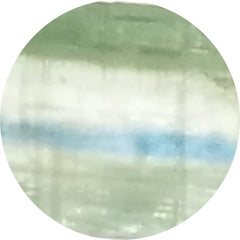 Green kyanite (7)
Green kyanite (7)
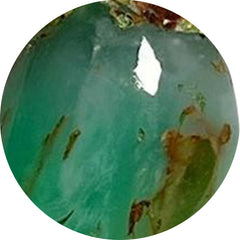 Green prase opal (8)
Green prase opal (8)
 Green tourmaline (23)
Green tourmaline (23)
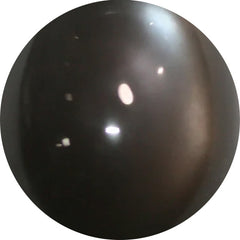 Grey moonstone (31)
Grey moonstone (31)
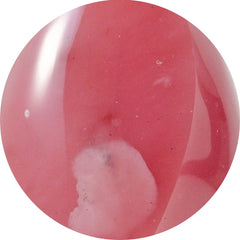 Guava quartz (6)
Guava quartz (6)
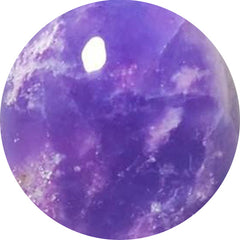 Hackmanite (11)
Hackmanite (11)
 Heart carving (350)
Heart carving (350)
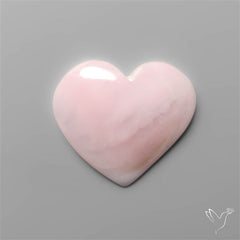 Heart shape gemstones (3)
Heart shape gemstones (3)
 Heliodor (0)
Heliodor (0)
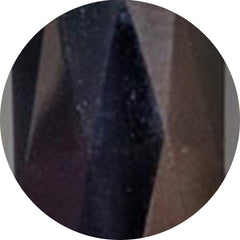 Hematite (37)
Hematite (37)
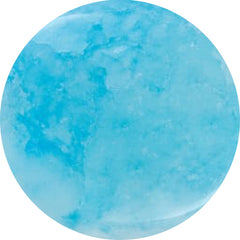 Hemimorphite (54)
Hemimorphite (54)
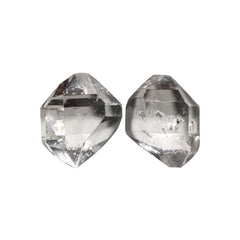 Herkimer diamond (38)
Herkimer diamond (38)
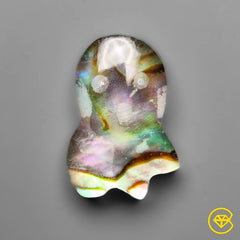 Himalayan quartz (434)
Himalayan quartz (434)
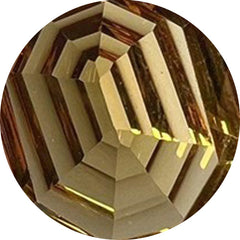 Honey quartz (19)
Honey quartz (19)
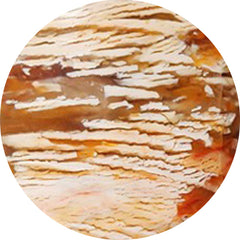 Howardite opal (28)
Howardite opal (28)
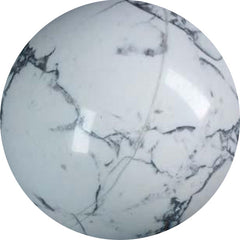 Howlite (5)
Howlite (5)
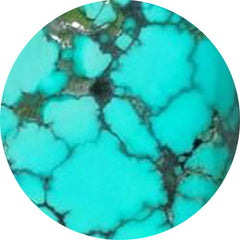 Hubei turquoise (48)
Hubei turquoise (48)
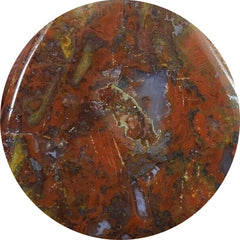 Hungarian agate (1)
Hungarian agate (1)
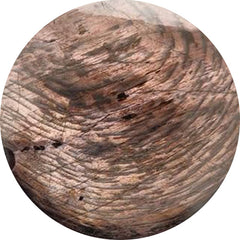 Hypersthene (42)
Hypersthene (42)
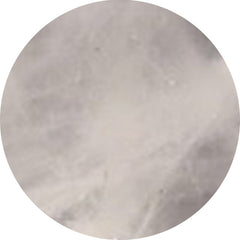 Ice quartz (1)
Ice quartz (1)
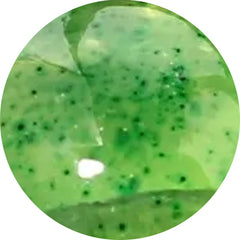 Idocrase (1)
Idocrase (1)
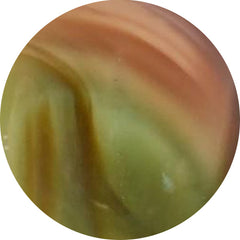 Imperial jasper (115)
Imperial jasper (115)
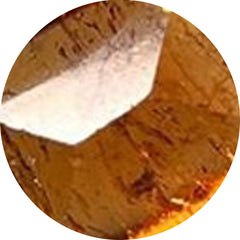 Imperial topaz (0)
Imperial topaz (0)
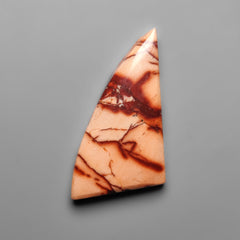 Indian paint stone (5)
Indian paint stone (5)
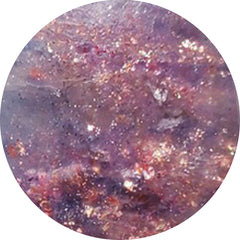 Iolite (168)
Iolite (168)
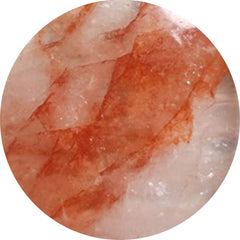 Iron quartz (48)
Iron quartz (48)
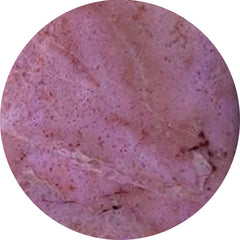 Jade (34)
Jade (34)
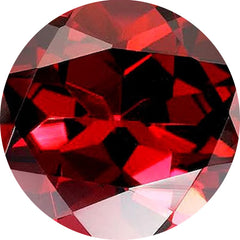 January birthstone (445)
January birthstone (445)
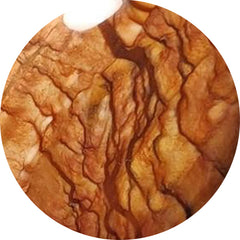 Jaspers (30)
Jaspers (30)
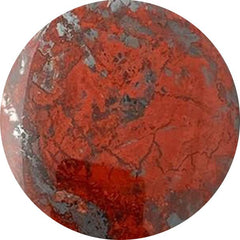 Jaspillite (3)
Jaspillite (3)
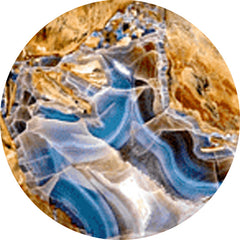 Java chalcedony (16)
Java chalcedony (16)
 July birthstone (545)
July birthstone (545)
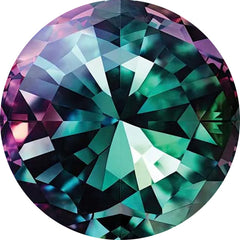 June birthstones: moonstone, pearl, and alexandrite (1053)
June birthstones: moonstone, pearl, and alexandrite (1053)
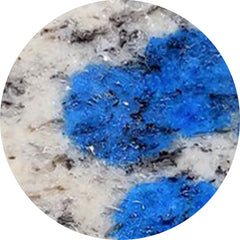 K2 jasper (7)
K2 jasper (7)
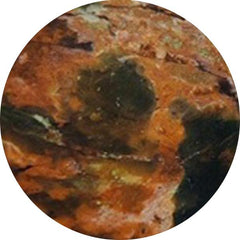 Kaleidoscope agate (0)
Kaleidoscope agate (0)
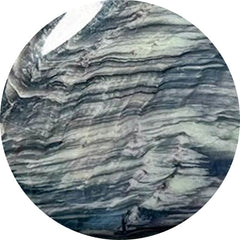 Kammererite (103)
Kammererite (103)
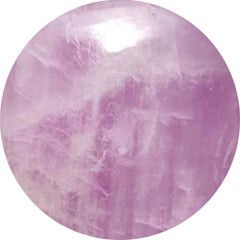 Kunzite (7)
Kunzite (7)
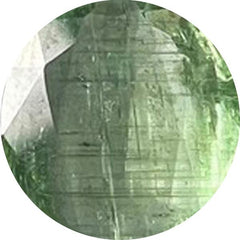 Kyanite (106)
Kyanite (106)
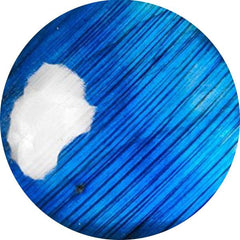 Labradorite (274)
Labradorite (274)
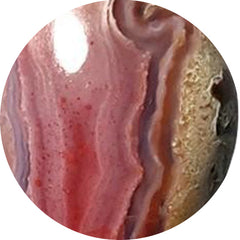 Laguna lace agate (62)
Laguna lace agate (62)
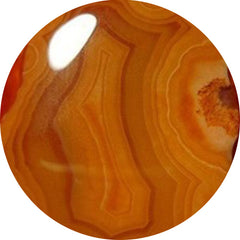 Lake superior agate (24)
Lake superior agate (24)
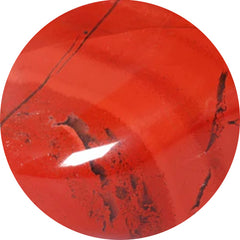 Landscape jasper (0)
Landscape jasper (0)
 Langite (0)
Langite (0)
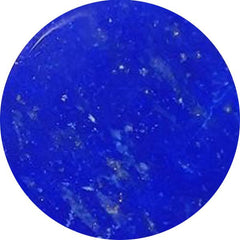 Lapis lazuli (160)
Lapis lazuli (160)
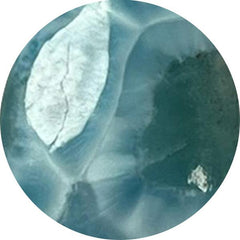 Larimar (116)
Larimar (116)
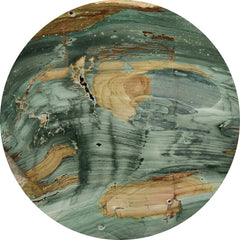 Larsonite (17)
Larsonite (17)
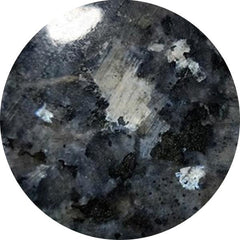 Larvikite feldspar (47)
Larvikite feldspar (47)
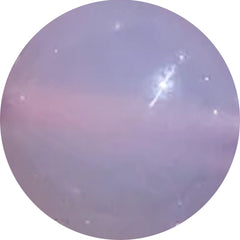 Lavender chalcedony (17)
Lavender chalcedony (17)
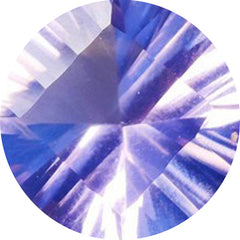 Lavender quartz (5)
Lavender quartz (5)
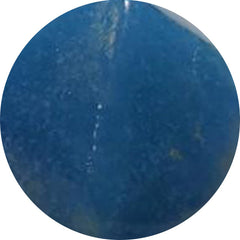 Lazulite (8)
Lazulite (8)
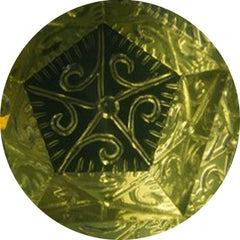 Lemon quartz (44)
Lemon quartz (44)
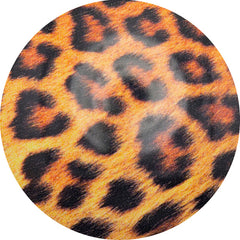 Leopard skin shell (0)
Leopard skin shell (0)
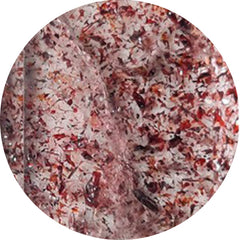 Lepidocrocite (54)
Lepidocrocite (54)
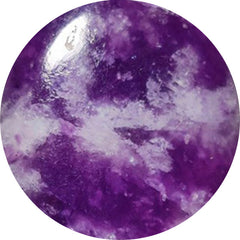 Lepidolite (79)
Lepidolite (79)
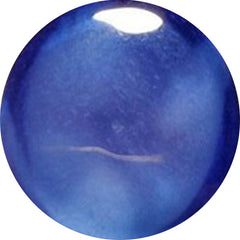 Lindy star sapphire (0)
Lindy star sapphire (0)
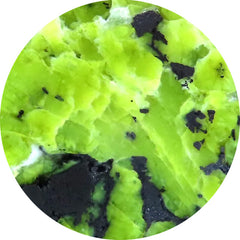 Lizardite (55)
Lizardite (55)
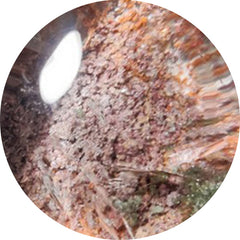 Lodolite (90)
Lodolite (90)
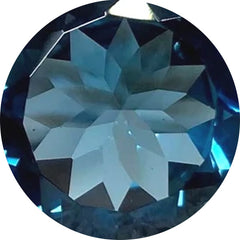 London blue topaz (10)
London blue topaz (10)
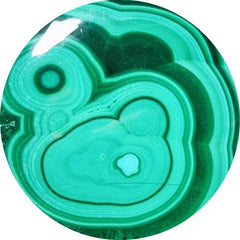 Malachite (576)
Malachite (576)
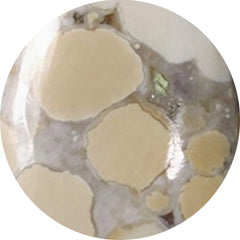 Maligano jasper (71)
Maligano jasper (71)
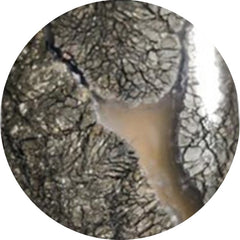 Marcasite (28)
Marcasite (28)
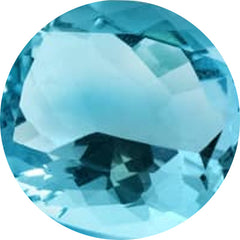 March birthstone (1480)
March birthstone (1480)
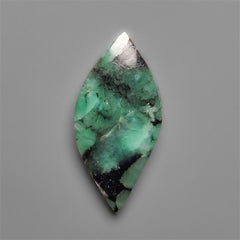 Marquise shape gemstones (5)
Marquise shape gemstones (5)
 Mary ellen jasper (0)
Mary ellen jasper (0)
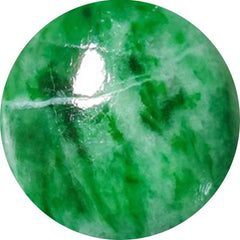 Maw sit sit (15)
Maw sit sit (15)
 May birthstone (481)
May birthstone (481)
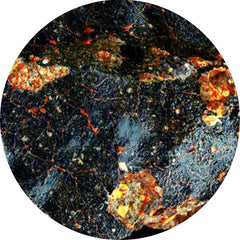 Meteorite (23)
Meteorite (23)
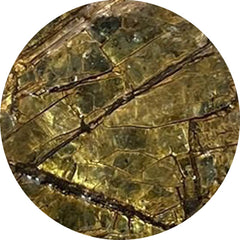 Mica (42)
Mica (42)
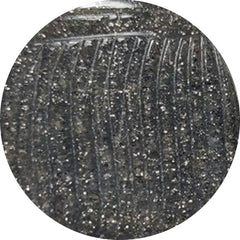 Midnight quartzite (20)
Midnight quartzite (20)
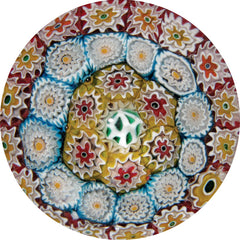 Millefiori glass (2)
Millefiori glass (2)
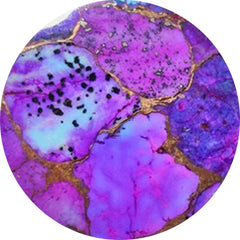 Mohave turquoise (55)
Mohave turquoise (55)
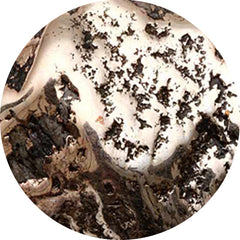 Mohawkites (20)
Mohawkites (20)
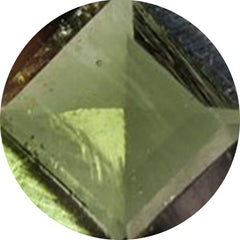 Moldavite (47)
Moldavite (47)
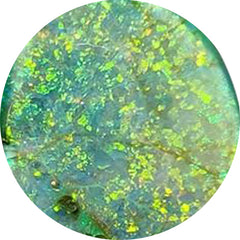 Monarch opal (28)
Monarch opal (28)
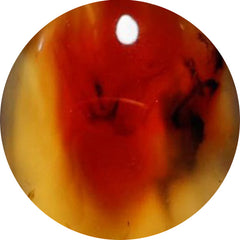 Montana agate (82)
Montana agate (82)
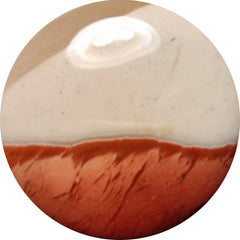 Mookaite (55)
Mookaite (55)
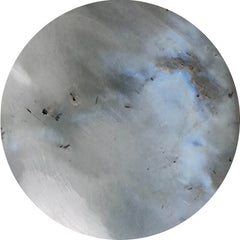 Moonstone (401)
Moonstone (401)
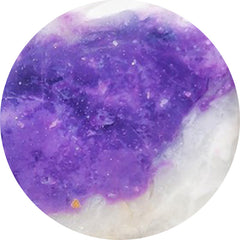 Morado opal (1)
Morado opal (1)
 Morenci turquoise (40)
Morenci turquoise (40)
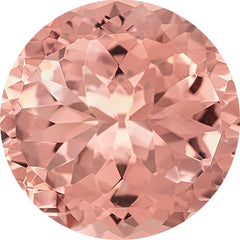 Morganite (0)
Morganite (0)
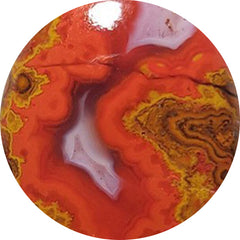 Moroccan seam agate (117)
Moroccan seam agate (117)
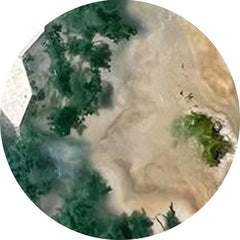 Moss agate (398)
Moss agate (398)
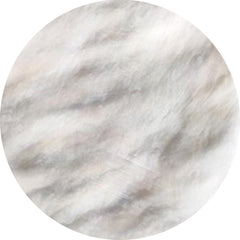 Mother of pearl (525)
Mother of pearl (525)
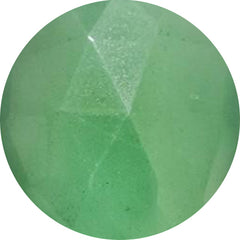 Mtorolite (46)
Mtorolite (46)
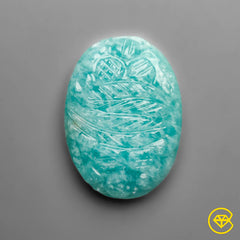 Mughal carving (456)
Mughal carving (456)
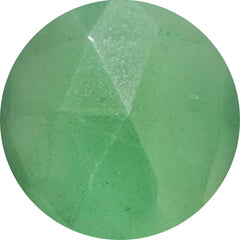 Muscovite (21)
Muscovite (21)
 Mystic quartz (1)
Mystic quartz (1)
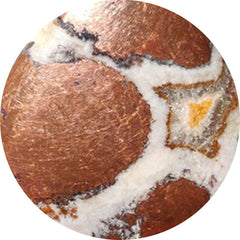 Native copper (39)
Native copper (39)
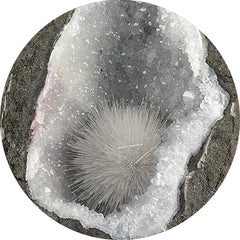 Natrolite (26)
Natrolite (26)
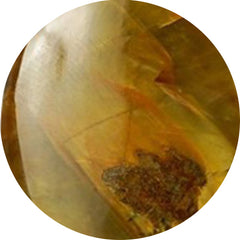 Nellite (5)
Nellite (5)
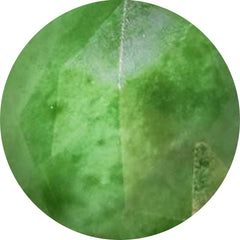 Nephrite jade (3)
Nephrite jade (3)
 New arrivals (433)
New arrivals (433)
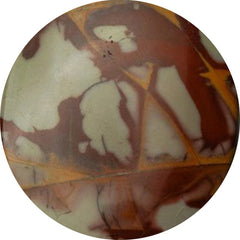 Noreena jasper (29)
Noreena jasper (29)
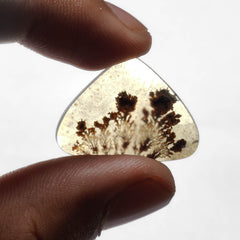 November birthstone (162)
November birthstone (162)
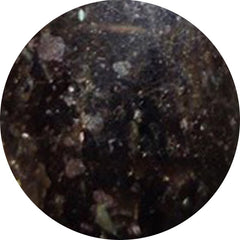 Nuummite (2)
Nuummite (2)
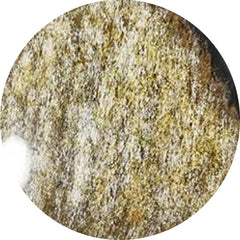 Obsidian (347)
Obsidian (347)
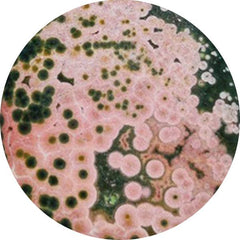 Ocean jasper (256)
Ocean jasper (256)
 October birthstone (1351)
October birthstone (1351)
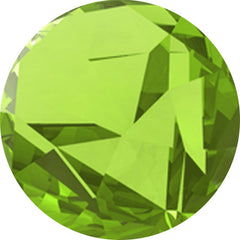 Olive quartz (5)
Olive quartz (5)
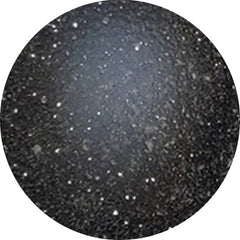 Onyx (286)
Onyx (286)
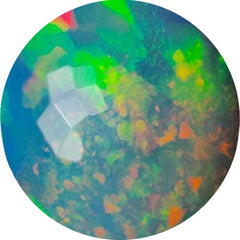 Opal (1126)
Opal (1126)
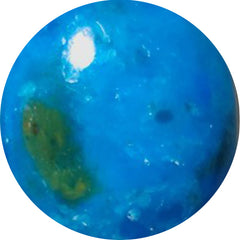 Opalina (11)
Opalina (11)
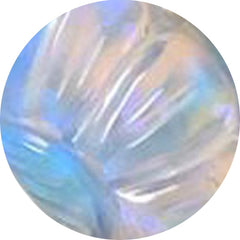 Opalite (29)
Opalite (29)
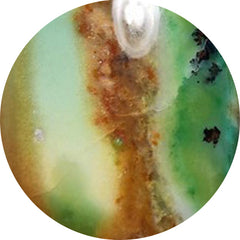 Opalwood (5)
Opalwood (5)
 Orange gemstones (368)
Orange gemstones (368)
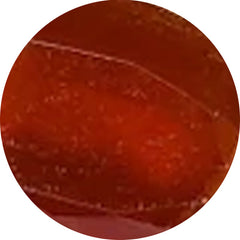 Orange kyanite (2)
Orange kyanite (2)
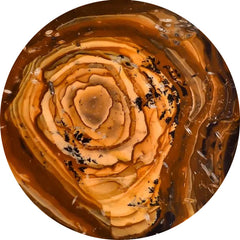 Oregon jasper (7)
Oregon jasper (7)
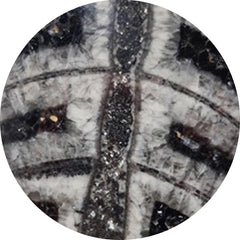 Orthoceras fossil (36)
Orthoceras fossil (36)
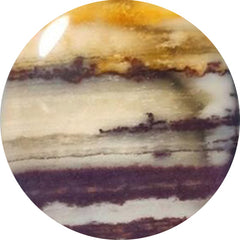 Outback jasper (5)
Outback jasper (5)
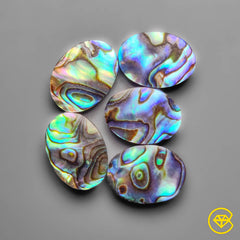 Oval shape gemstones (6)
Oval shape gemstones (6)
 Over $50 (492)
Over $50 (492)
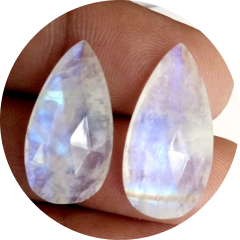 Pairs (939)
Pairs (939)
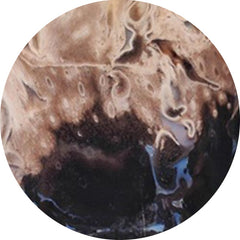 Palmroot agate (91)
Palmroot agate (91)
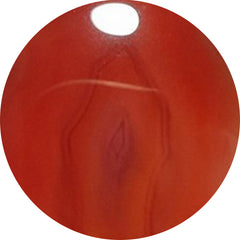 Passion agate (1)
Passion agate (1)
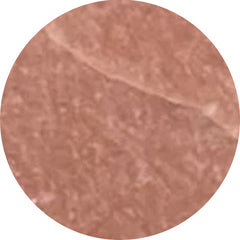 Peach moonstone (44)
Peach moonstone (44)
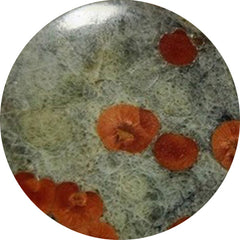 Peanut obsidian (40)
Peanut obsidian (40)
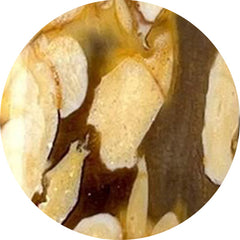 Peanut wood jasper (179)
Peanut wood jasper (179)
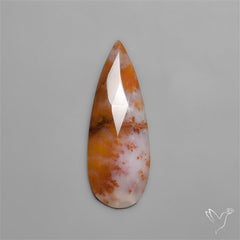 Pear shape gemstones (9)
Pear shape gemstones (9)
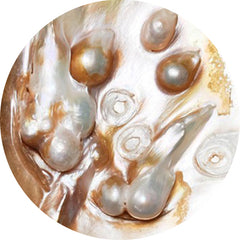 Pearl (652)
Pearl (652)
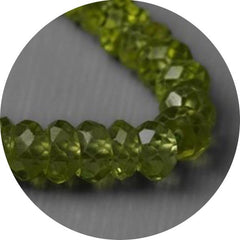 Peridot (65)
Peridot (65)
 Petalite (25)
Petalite (25)
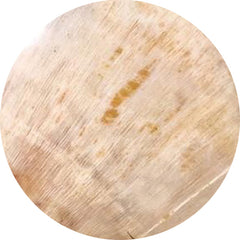 Petrified wood (53)
Petrified wood (53)
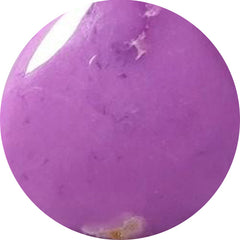 Phosphosiderite (93)
Phosphosiderite (93)
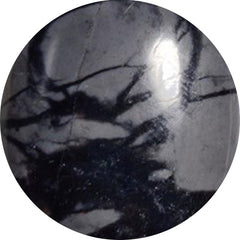 Picasso jasper (96)
Picasso jasper (96)
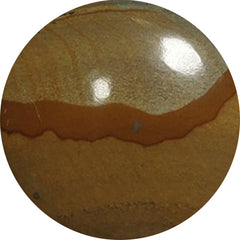 Picture jasper (96)
Picture jasper (96)
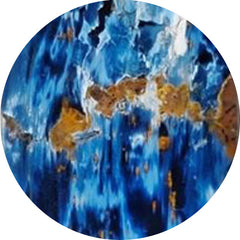 Pietersite (47)
Pietersite (47)
 Pink gemstones (476)
Pink gemstones (476)
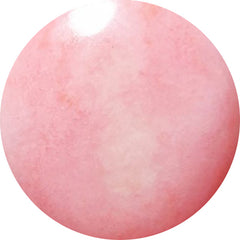 Pink opal (147)
Pink opal (147)
 Pink tourmaline (89)
Pink tourmaline (89)
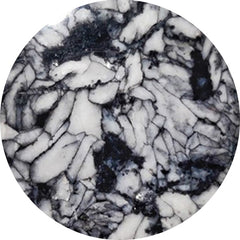 Pinolith (35)
Pinolith (35)
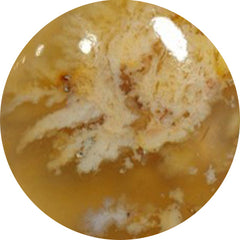 Plume agate (96)
Plume agate (96)
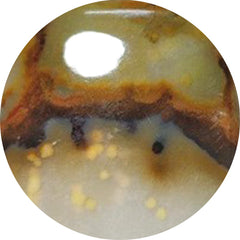 Polka dot agate (42)
Polka dot agate (42)
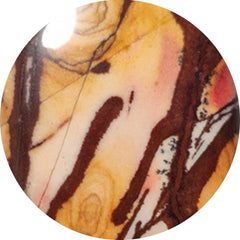 Polychrome jasper (44)
Polychrome jasper (44)
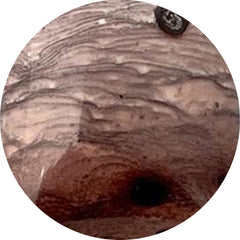 Porcelain jasper (30)
Porcelain jasper (30)
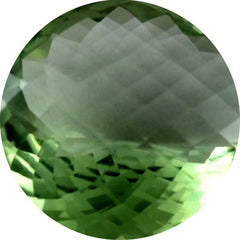 Prasiolite (54)
Prasiolite (54)
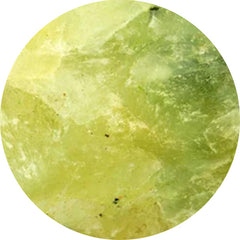 Prehnite (22)
Prehnite (22)
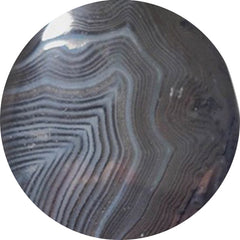 Psilomelane (23)
Psilomelane (23)
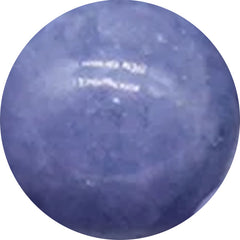 Purple chalcedony (44)
Purple chalcedony (44)
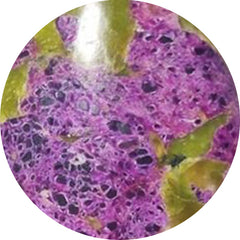 Purpurite (7)
Purpurite (7)
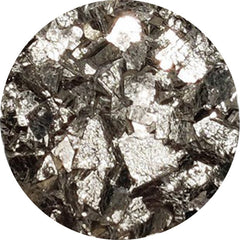 Pyrite (147)
Pyrite (147)
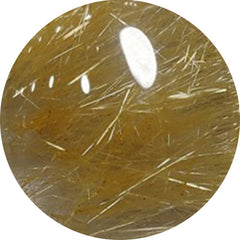 Quartz (131)
Quartz (131)
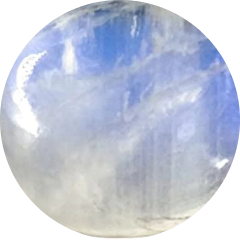 Rain moonstones (0)
Rain moonstones (0)
 Rainbow calcilica (11)
Rainbow calcilica (11)
 Rainbow moonstone (92)
Rainbow moonstone (92)
 Red coral (8)
Red coral (8)
 Red fossil (0)
Red fossil (0)
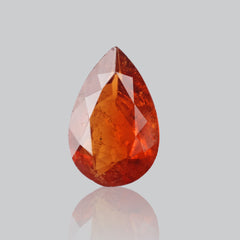 Red gemstones (363)
Red gemstones (363)
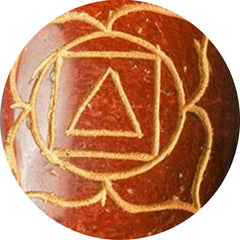 Red jasper (3)
Red jasper (3)
 Red moss agate (77)
Red moss agate (77)
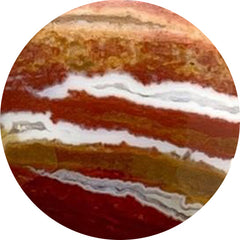 Red river jasper (17)
Red river jasper (17)
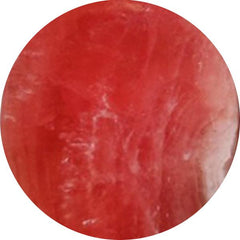 Rhodochrosite (405)
Rhodochrosite (405)
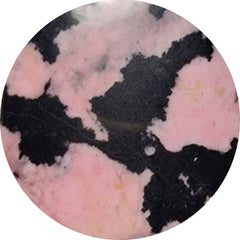 Rhodonite (91)
Rhodonite (91)
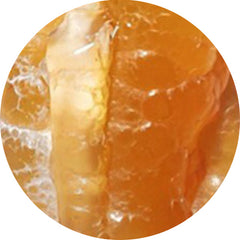 Rock chalcedony (2)
Rock chalcedony (2)
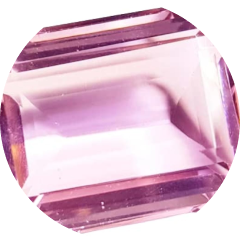 Rose cut gemstones (748)
Rose cut gemstones (748)
 Rose quartz (53)
Rose quartz (53)
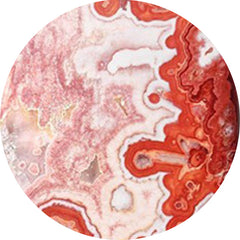 Rosita jasper (10)
Rosita jasper (10)
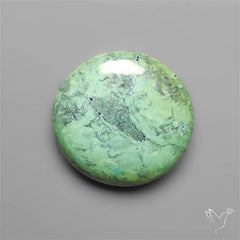 Round shape gemstones (6)
Round shape gemstones (6)
 Ruby (197)
Ruby (197)
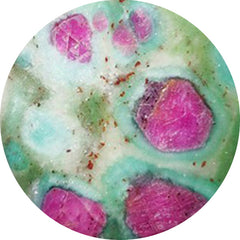 Ruby in fuchsite (6)
Ruby in fuchsite (6)
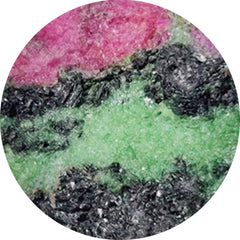 Ruby in zoisite (91)
Ruby in zoisite (91)
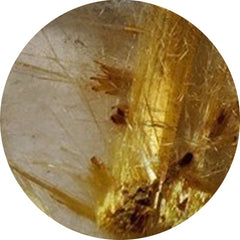 Rutilated quartz (260)
Rutilated quartz (260)
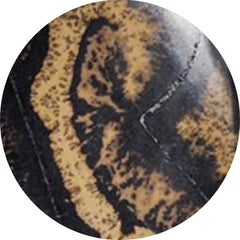 Sage brush jasper (27)
Sage brush jasper (27)
 Sand dollar fossil (3)
Sand dollar fossil (3)
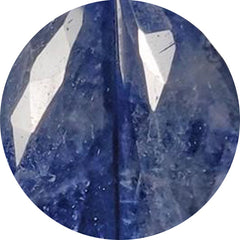 Sapphire (33)
Sapphire (33)
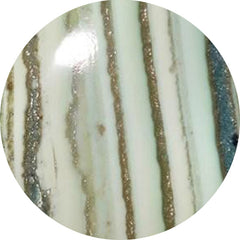 Saturn chalcedony (57)
Saturn chalcedony (57)
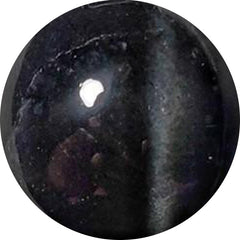 Scapolite (12)
Scapolite (12)
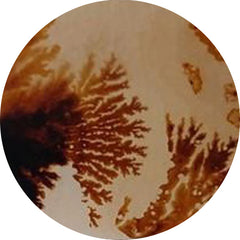 Scenic agate (97)
Scenic agate (97)
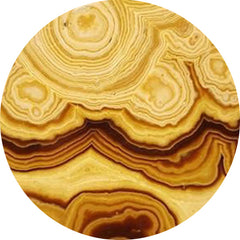 Schalenblende (89)
Schalenblende (89)
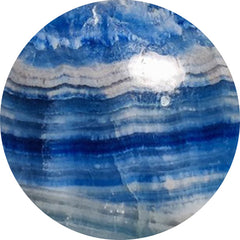 Scheelite (37)
Scheelite (37)
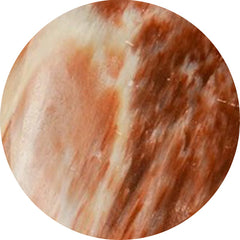 Scolecite (53)
Scolecite (53)
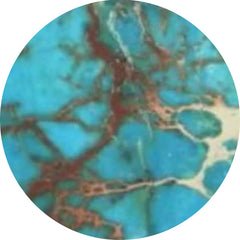 Sea sediment jasper (0)
Sea sediment jasper (0)
 Selenite (13)
Selenite (13)
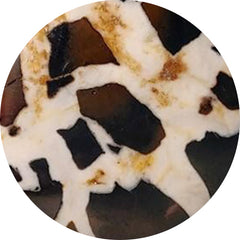 Septarian (93)
Septarian (93)
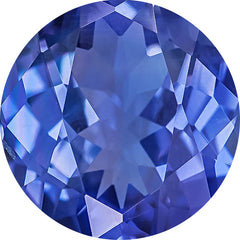 September birthstone (195)
September birthstone (195)
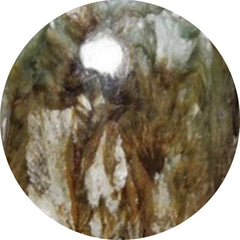 Seraphinite (80)
Seraphinite (80)
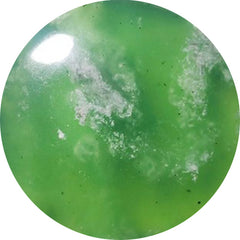 Serpentine (162)
Serpentine (162)
 Sets (70)
Sets (70)
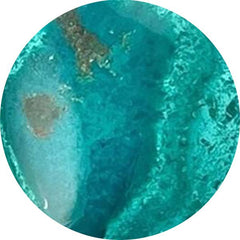 Shattuckite (277)
Shattuckite (277)
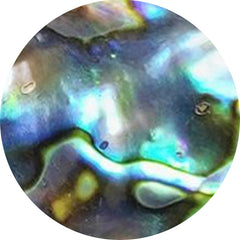 Shell (307)
Shell (307)
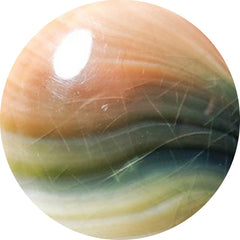 Shiva eye shell (60)
Shiva eye shell (60)
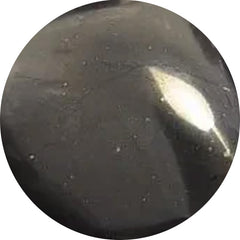 Shungite (4)
Shungite (4)
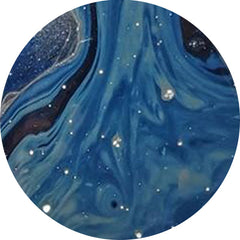 Sieber agate (0)
Sieber agate (0)
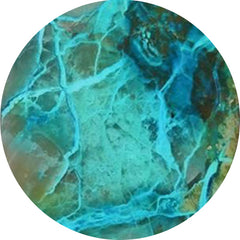 Silica (4)
Silica (4)
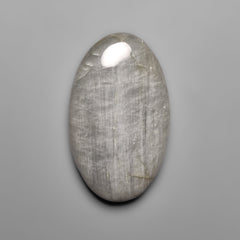 Silver leaf jasper (5)
Silver leaf jasper (5)
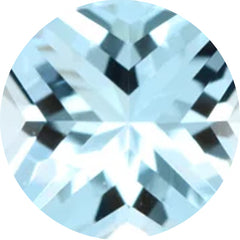 Sky blue topaz (5)
Sky blue topaz (5)
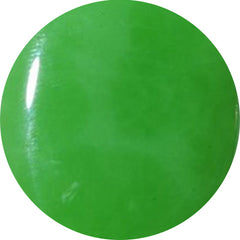 Smithsonite (29)
Smithsonite (29)
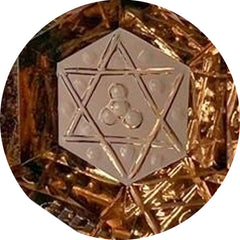 Smoky quartz (23)
Smoky quartz (23)
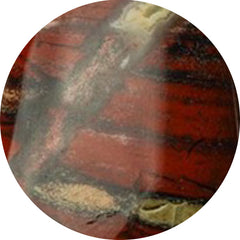 Snakeskin jasper (48)
Snakeskin jasper (48)
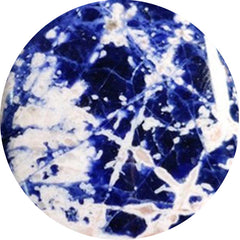 Sodalite (70)
Sodalite (70)
 Solar agate (3)
Solar agate (3)
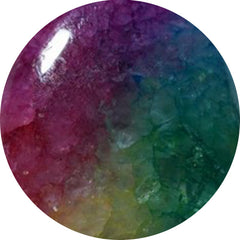 Solar quartz (62)
Solar quartz (62)
 Spectrolite (119)
Spectrolite (119)
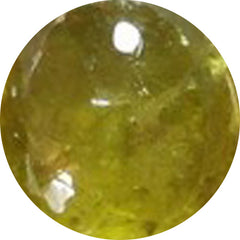 Sphence (25)
Sphence (25)
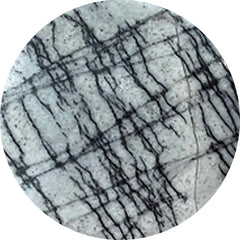 Spiderweb jasper (1)
Spiderweb jasper (1)
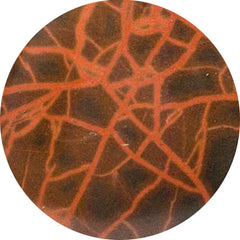 Spiderwoman jasper (0)
Spiderwoman jasper (0)
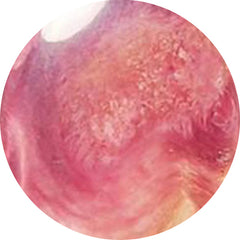 Spiny oyster shell (66)
Spiny oyster shell (66)
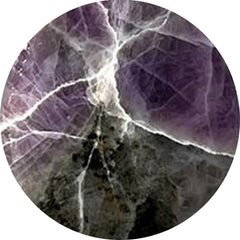 Spurrite (7)
Spurrite (7)
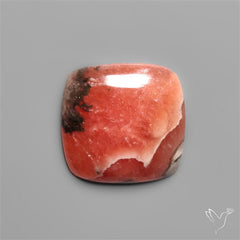 Square shape gemstones (10)
Square shape gemstones (10)
 Starburst (2)
Starburst (2)
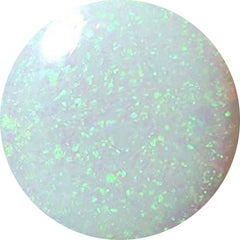 Sterling opal (11)
Sterling opal (11)
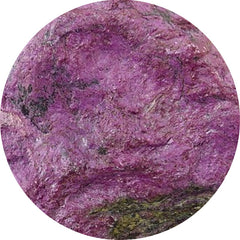 Stichtite (37)
Stichtite (37)
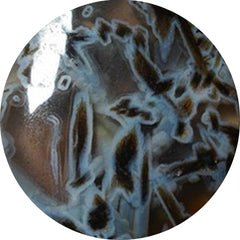 Stick agate (5)
Stick agate (5)
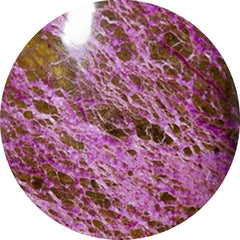 Stitchtite (123)
Stitchtite (123)
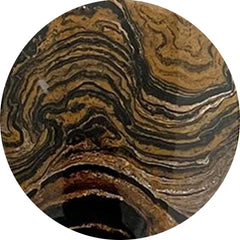 Stramatolite (0)
Stramatolite (0)
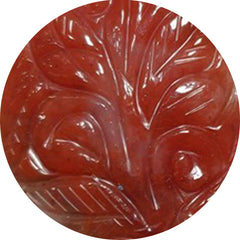 Strawberry quartz (7)
Strawberry quartz (7)
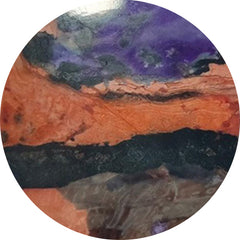 Sugilite (0)
Sugilite (0)
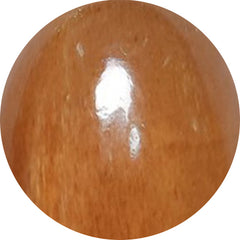 Sunstone (269)
Sunstone (269)
 Surfite (2)
Surfite (2)
 Swiss blue topaz (32)
Swiss blue topaz (32)
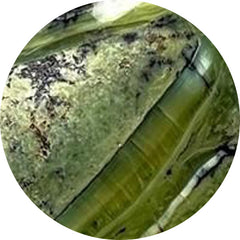 Swiss opal (3)
Swiss opal (3)
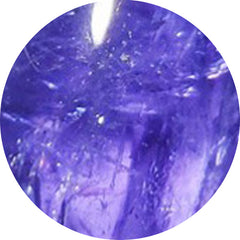 Tanzanite (51)
Tanzanite (51)
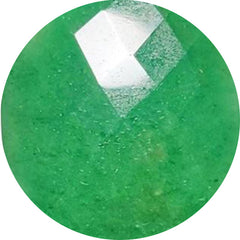 Tanzurine (11)
Tanzurine (11)
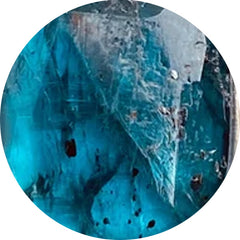 Teal kyanite (10)
Teal kyanite (10)
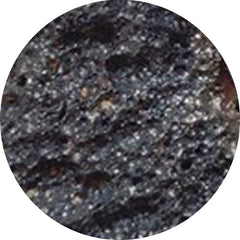 Tektite (42)
Tektite (42)
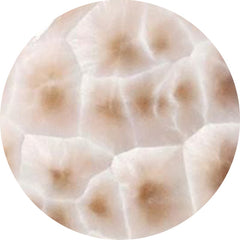 Thomsonite (35)
Thomsonite (35)
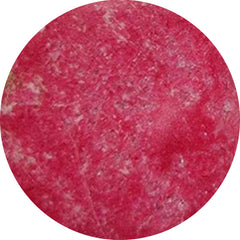 Thulite (79)
Thulite (79)
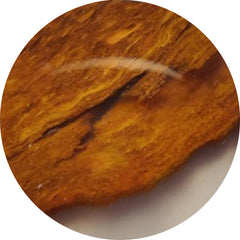 Thunder egg agate (0)
Thunder egg agate (0)
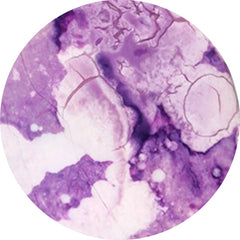 Tiffany stone (6)
Tiffany stone (6)
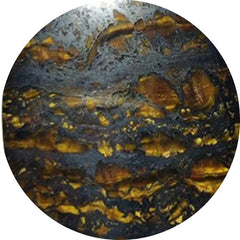 Tiger eye (66)
Tiger eye (66)
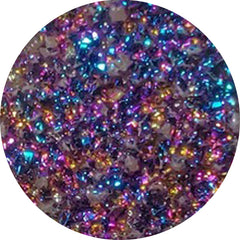 Titanium druzy (5)
Titanium druzy (5)
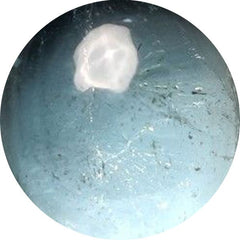 Topaz (55)
Topaz (55)
 Tourmaline (237)
Tourmaline (237)
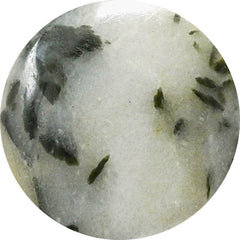 Tourmaline in quartz (84)
Tourmaline in quartz (84)
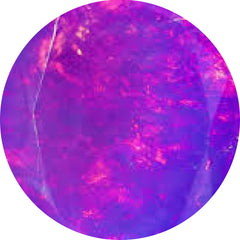 Treated opal (52)
Treated opal (52)
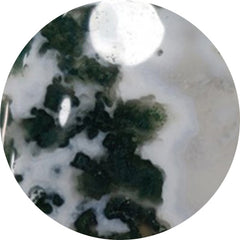 Tree agate (42)
Tree agate (42)
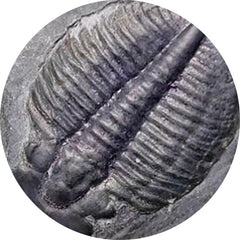 Trilobite fossil (17)
Trilobite fossil (17)
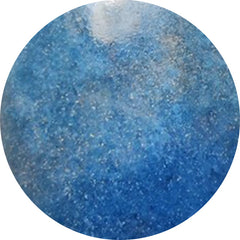 Trolleite quartz (29)
Trolleite quartz (29)
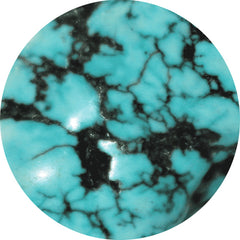 Tumbles (1)
Tumbles (1)
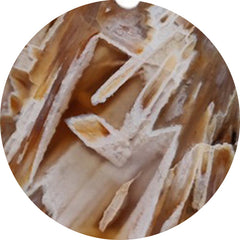 Turkish tube agate (64)
Turkish tube agate (64)
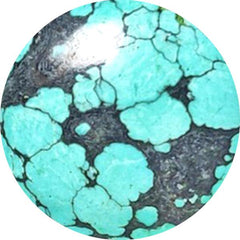 Turquoise (235)
Turquoise (235)
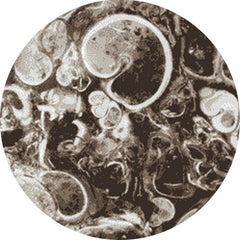 Turritella jasper (3)
Turritella jasper (3)
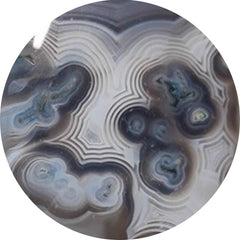 Tuxedo agate (64)
Tuxedo agate (64)
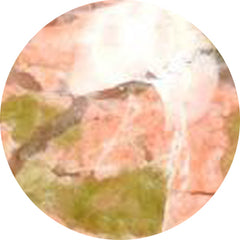 Unakite (3)
Unakite (3)
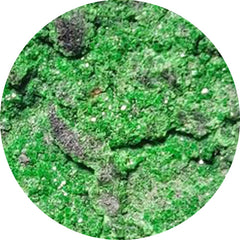 Uvarovite garnet (3)
Uvarovite garnet (3)
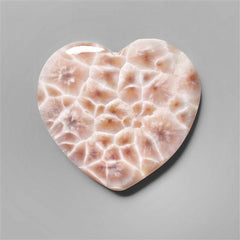 Valentine (807)
Valentine (807)
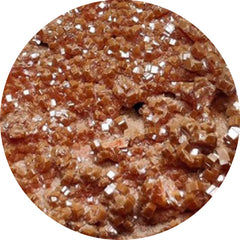 Vanadinite druzy (9)
Vanadinite druzy (9)
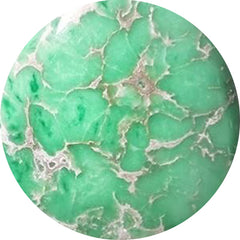 Variscite (159)
Variscite (159)
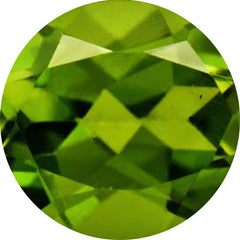 Vesuvianite (1)
Vesuvianite (1)
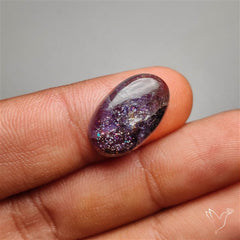 Video collection (247)
Video collection (247)
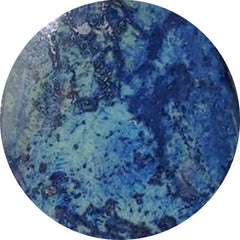 Vivianite (1)
Vivianite (1)
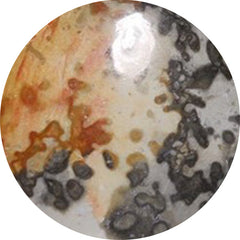 Volcanic cotham marble (7)
Volcanic cotham marble (7)
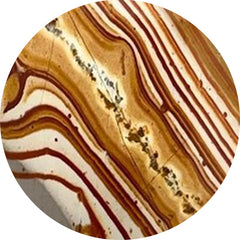 Wagul jasper (3)
Wagul jasper (3)
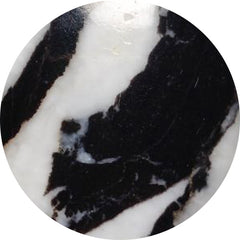 White buffalo turquoise (13)
White buffalo turquoise (13)
 White gemstones (1209)
White gemstones (1209)
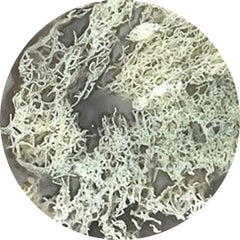 White horse canyon (45)
White horse canyon (45)
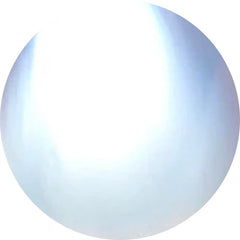 White moonstone (35)
White moonstone (35)
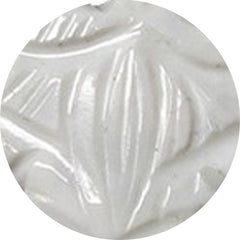 White opal (12)
White opal (12)
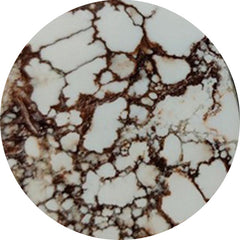 Wild horse jasper (119)
Wild horse jasper (119)
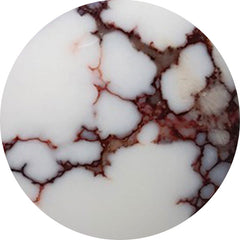 Wild horse magnesite (49)
Wild horse magnesite (49)
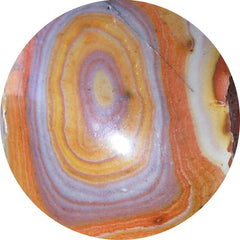 Wonder stone (0)
Wonder stone (0)
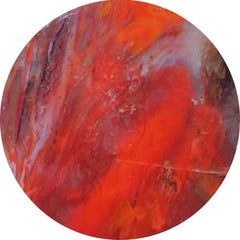 Wood (208)
Wood (208)
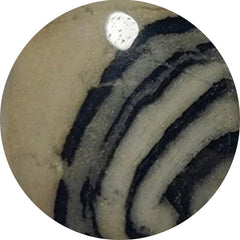 Yavapai travertine (0)
Yavapai travertine (0)
 Yellow gemstones (170)
Yellow gemstones (170)
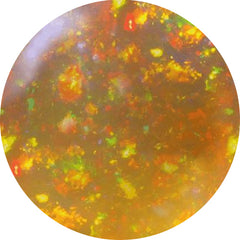 Yellow opal (7)
Yellow opal (7)
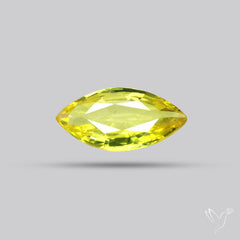 Yellow sapphire (6)
Yellow sapphire (6)
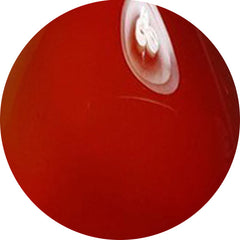 Yemeni aqeeq (0)
Yemeni aqeeq (0)
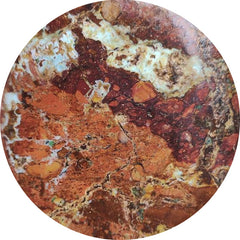 Zarinite (0)
Zarinite (0)
 Zebra jasper (1)
Zebra jasper (1)
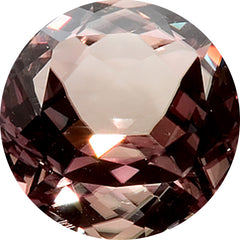 Zultanite (4)
Zultanite (4)
























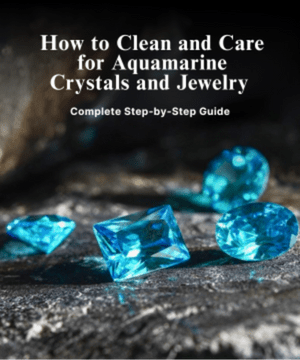





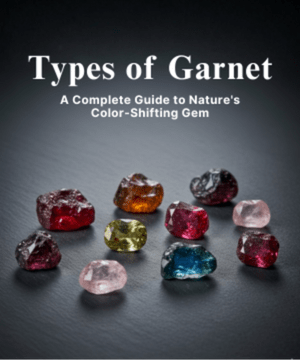
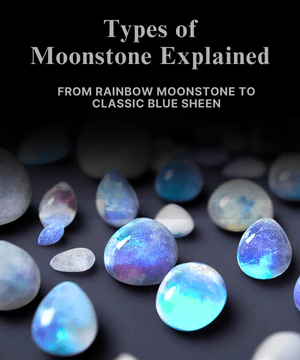



Leave a Comment